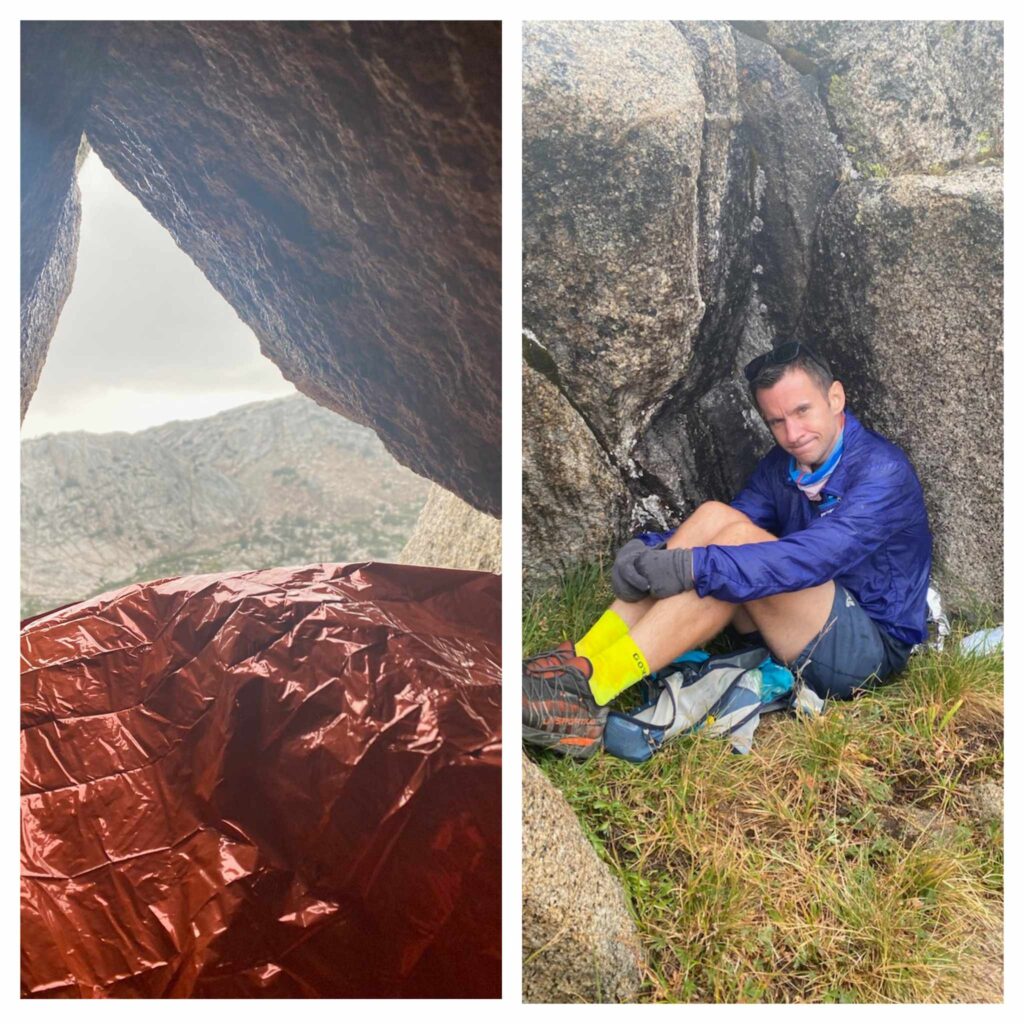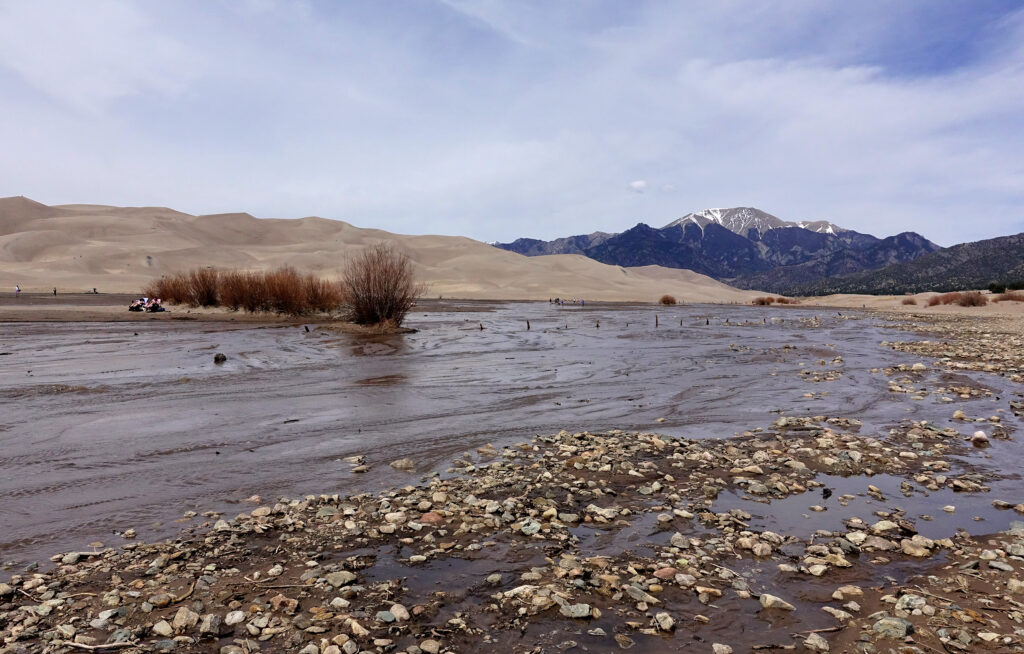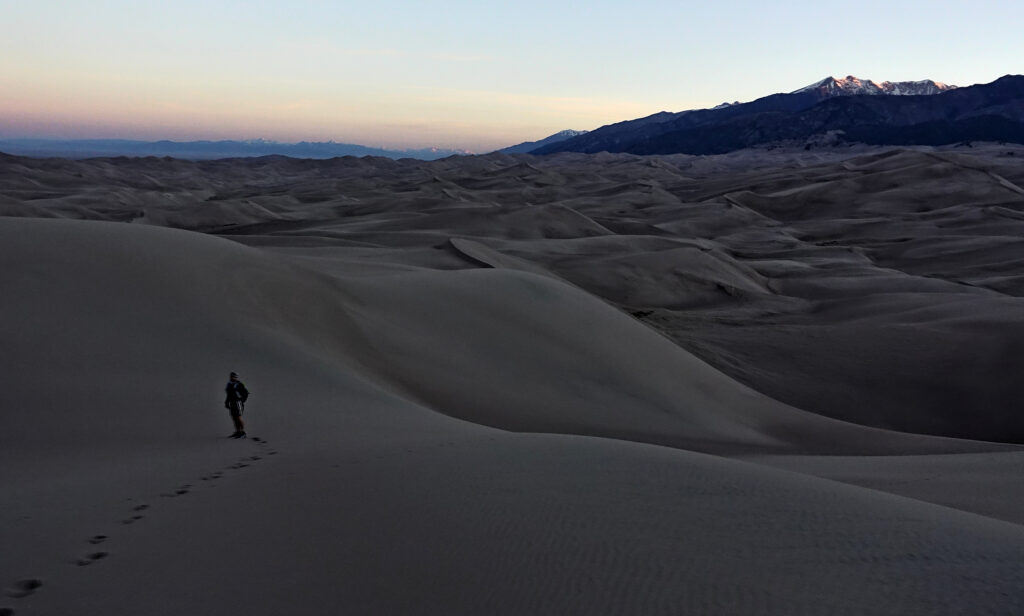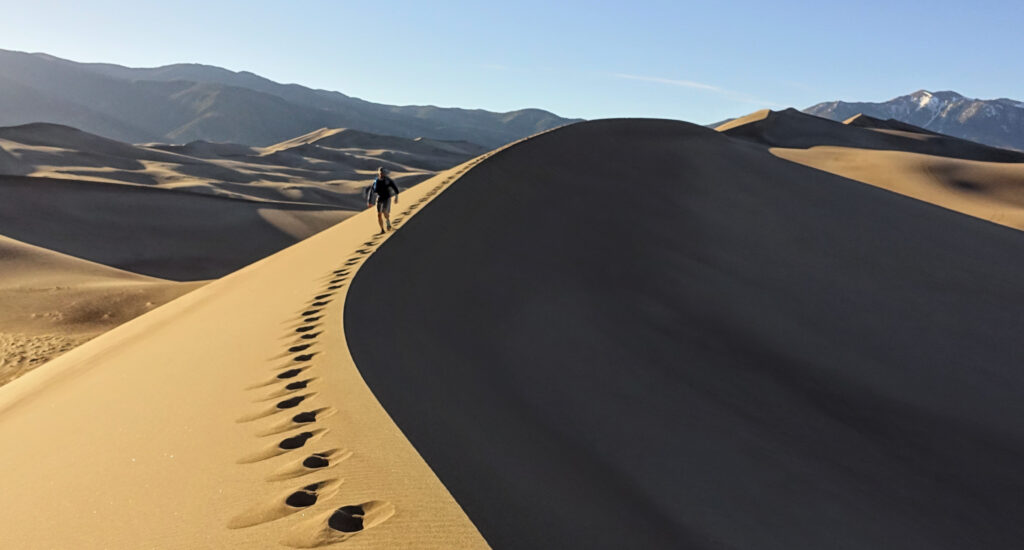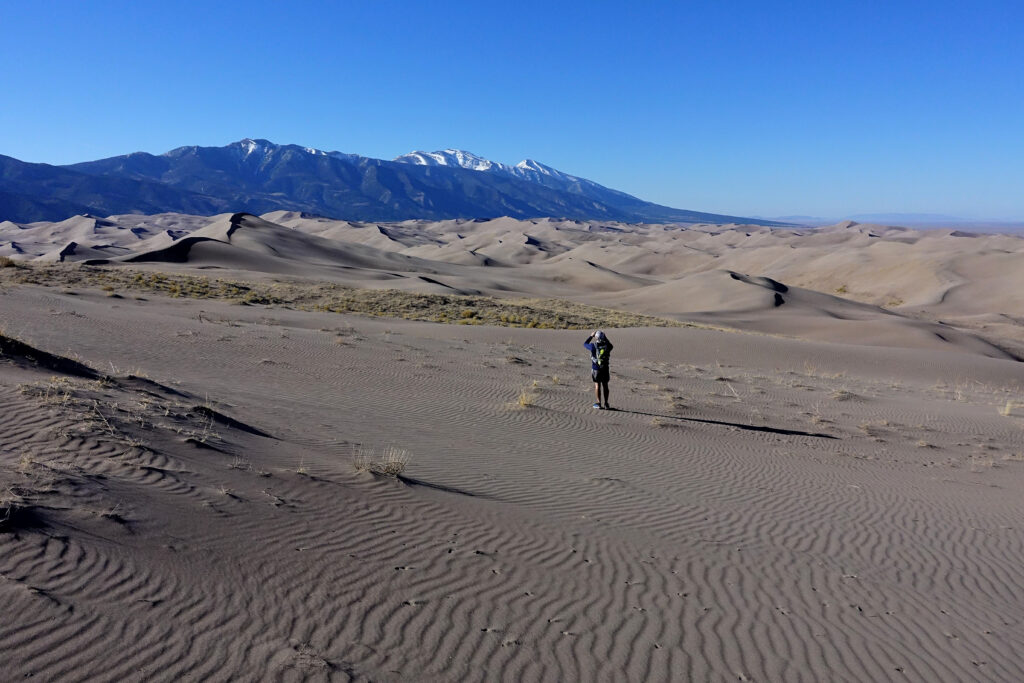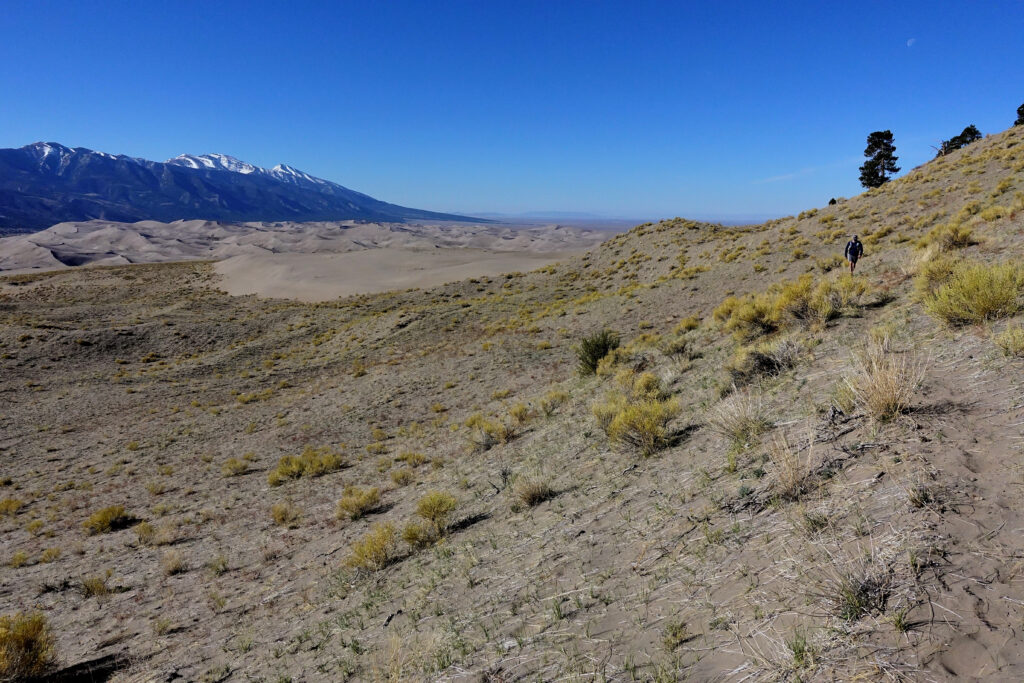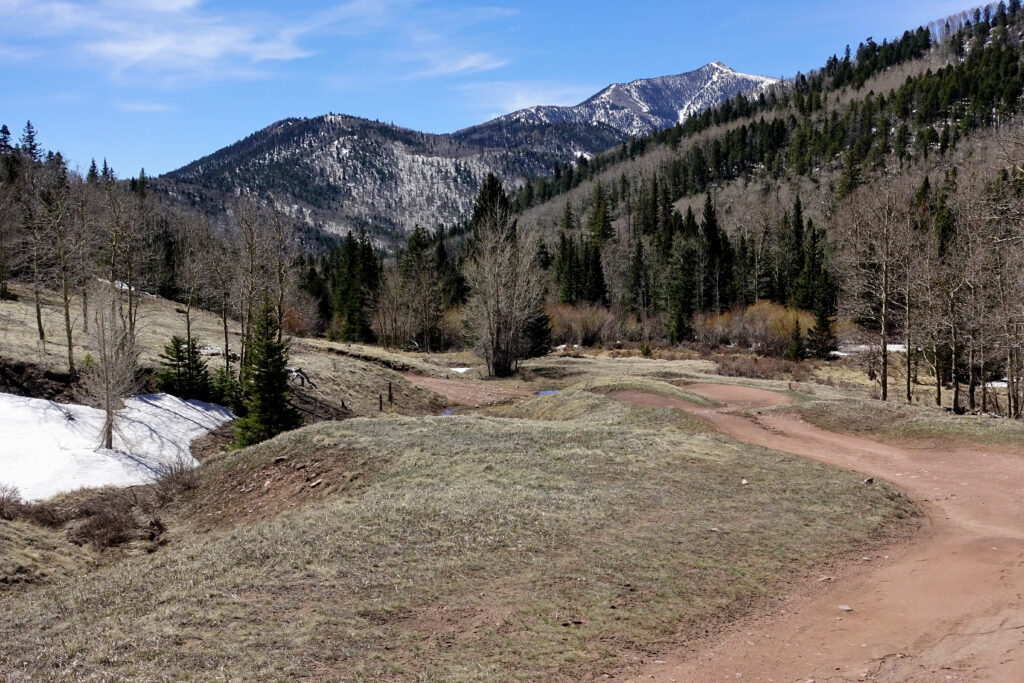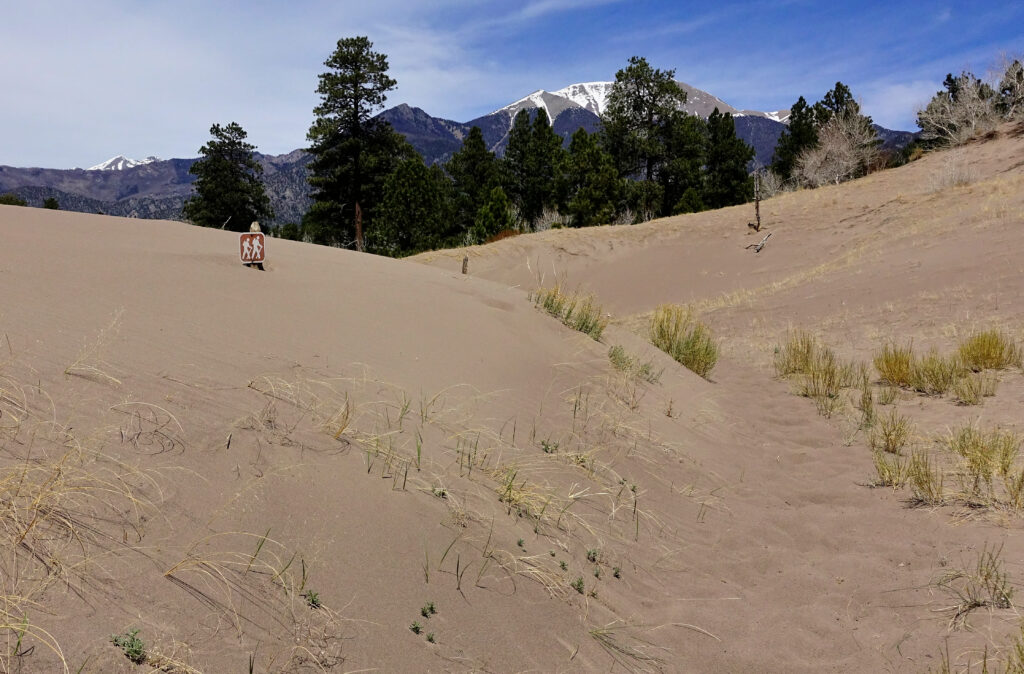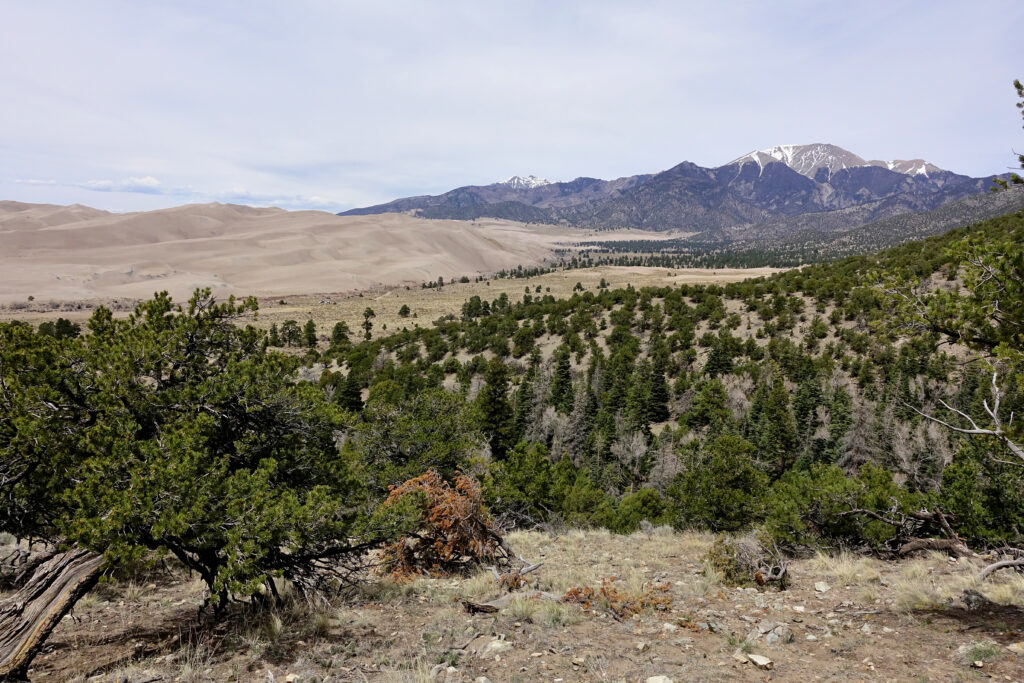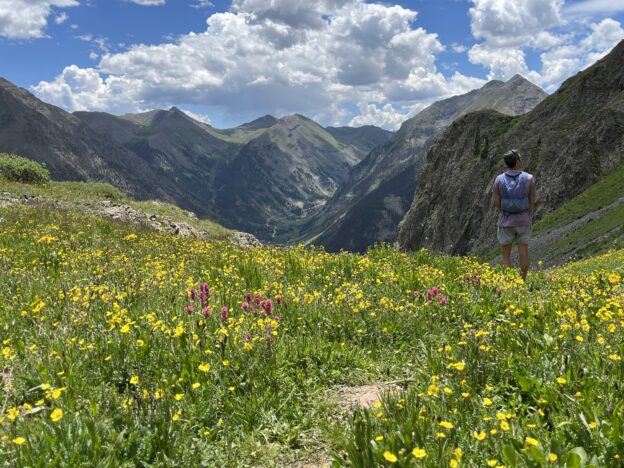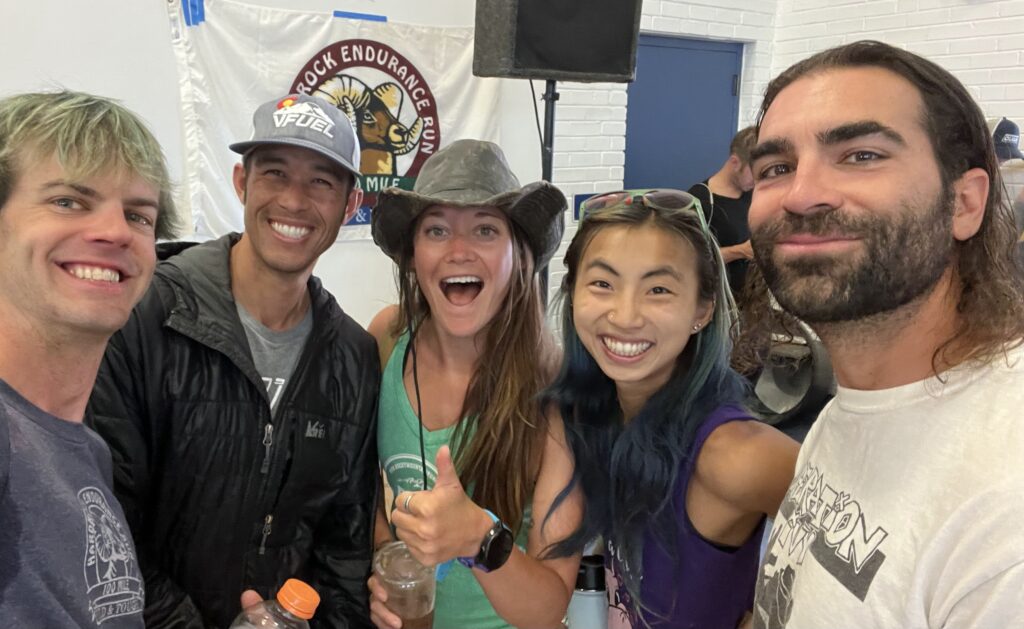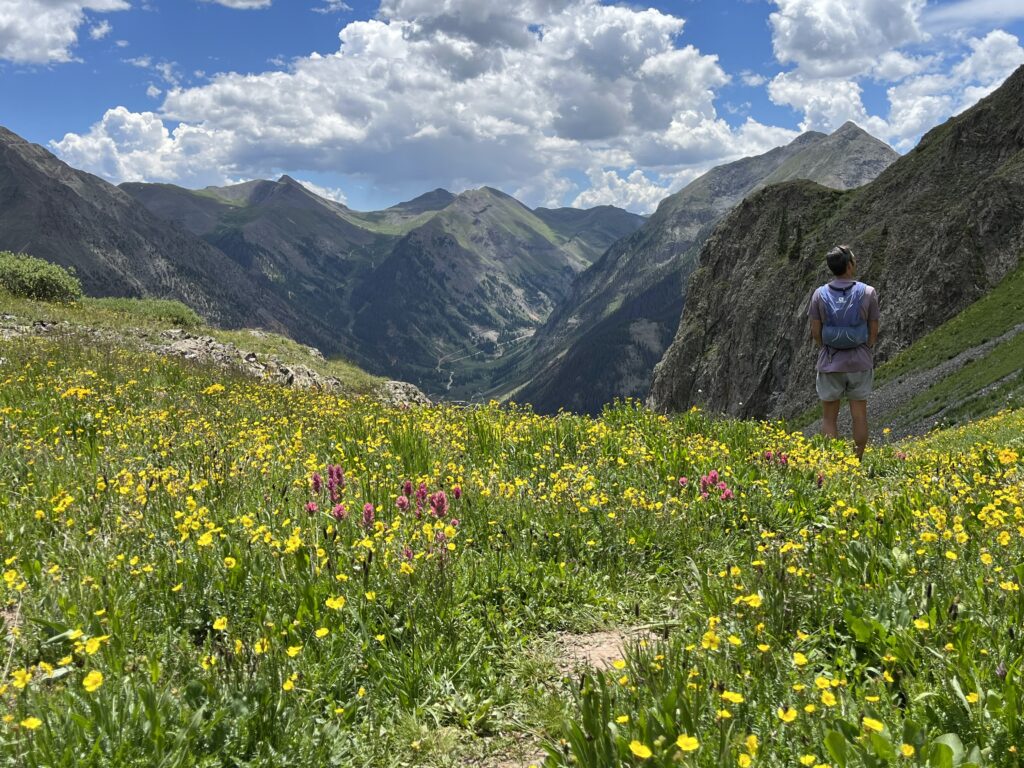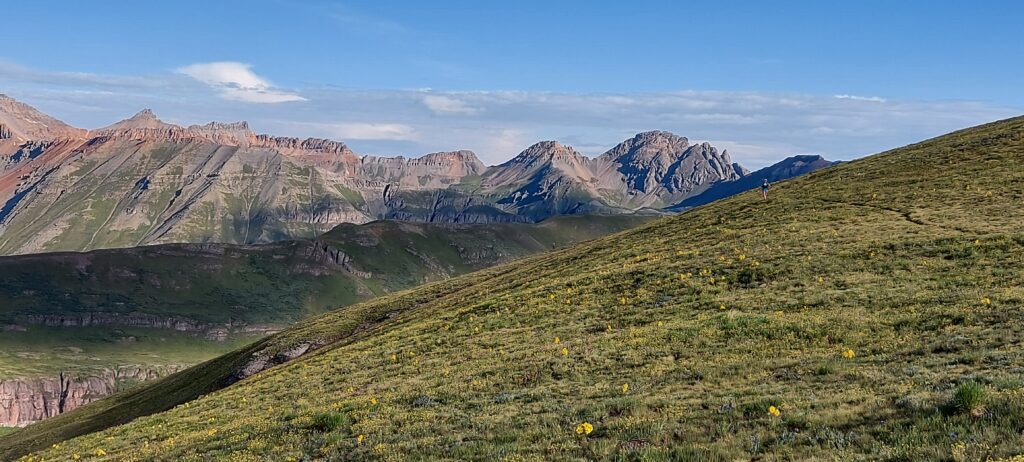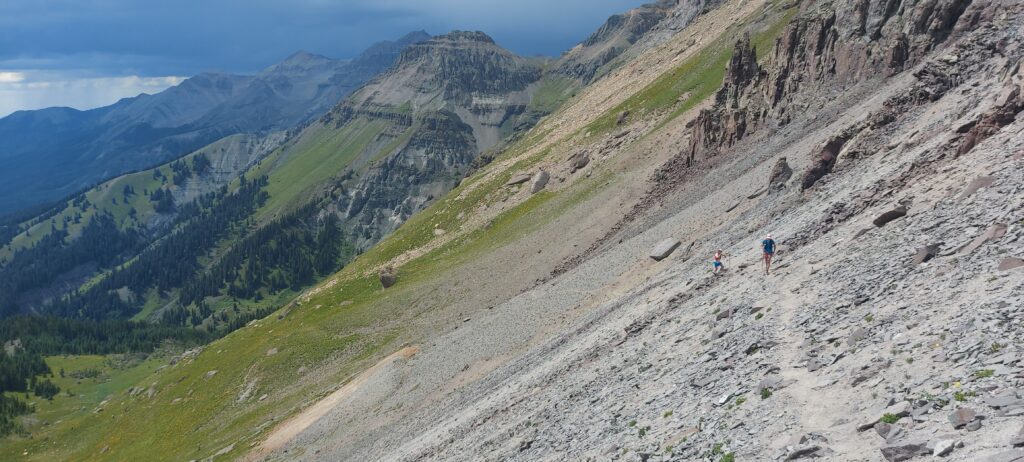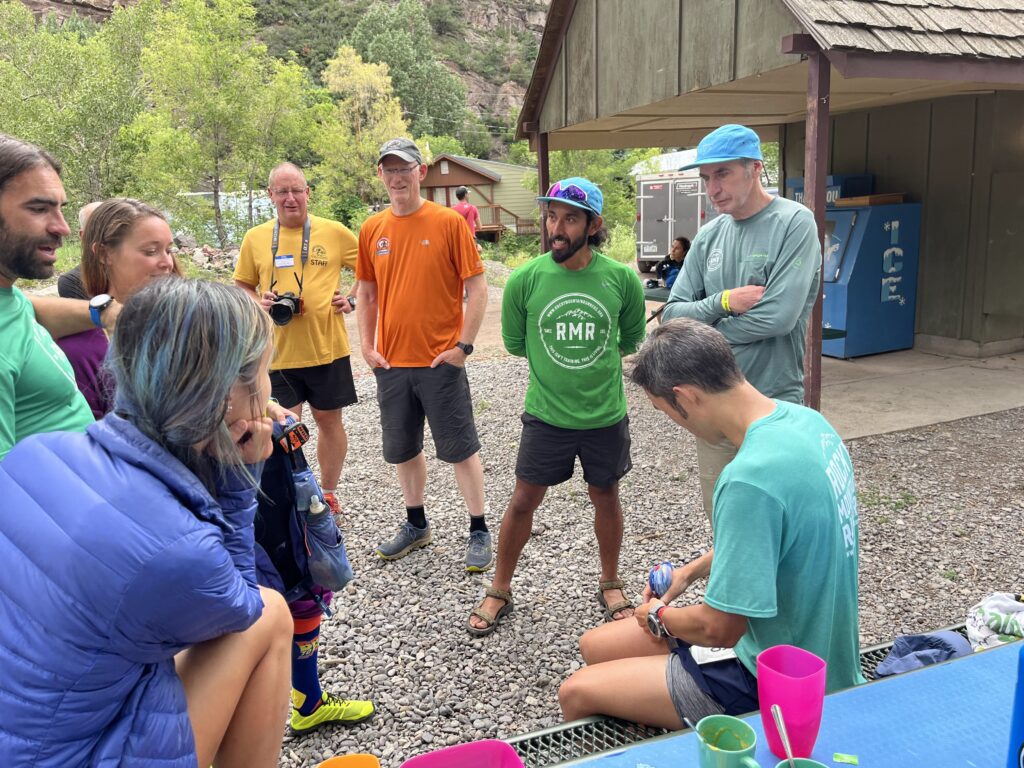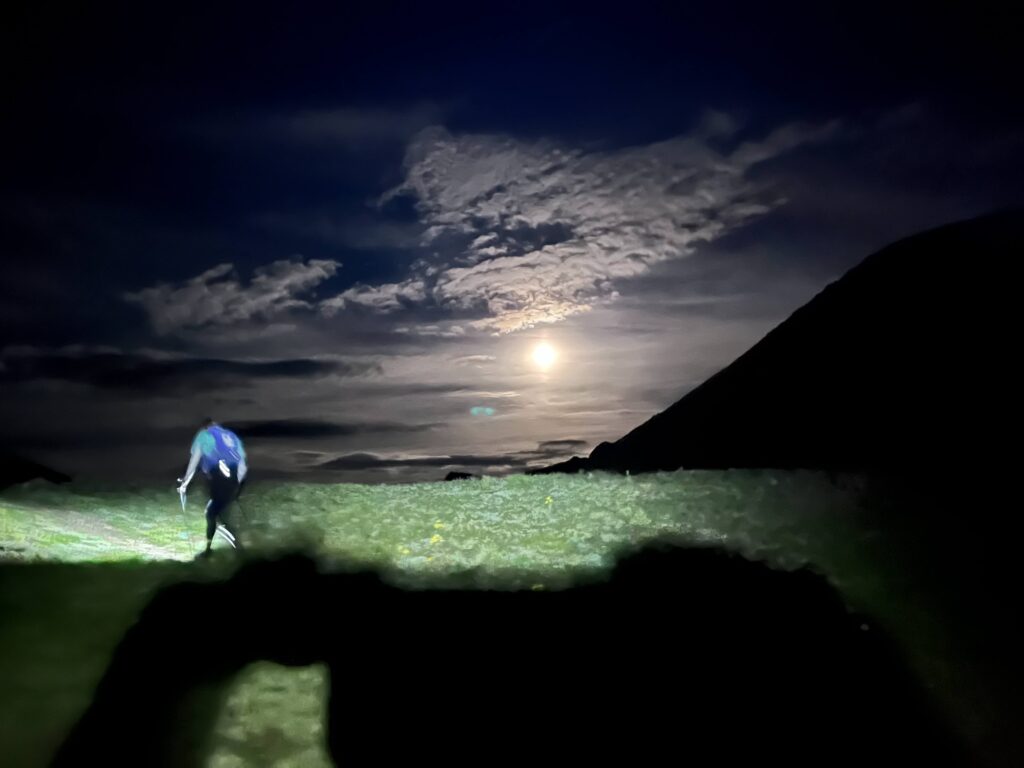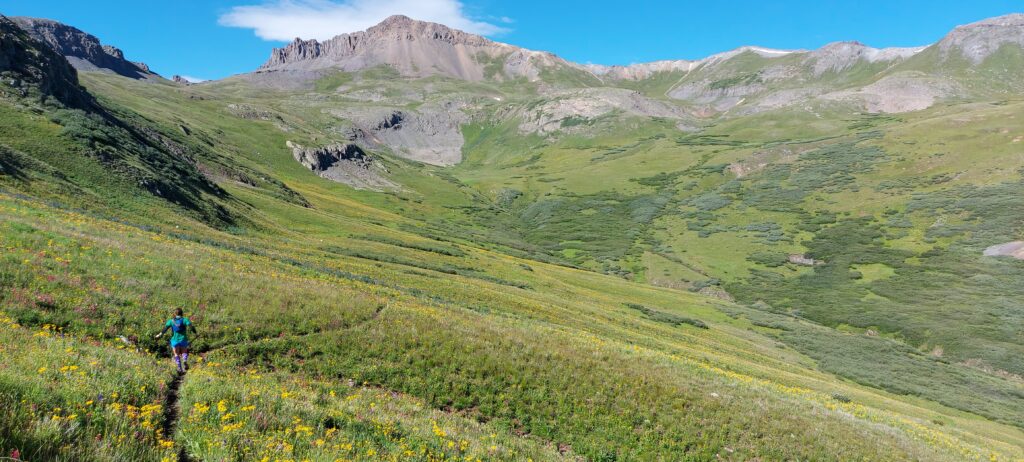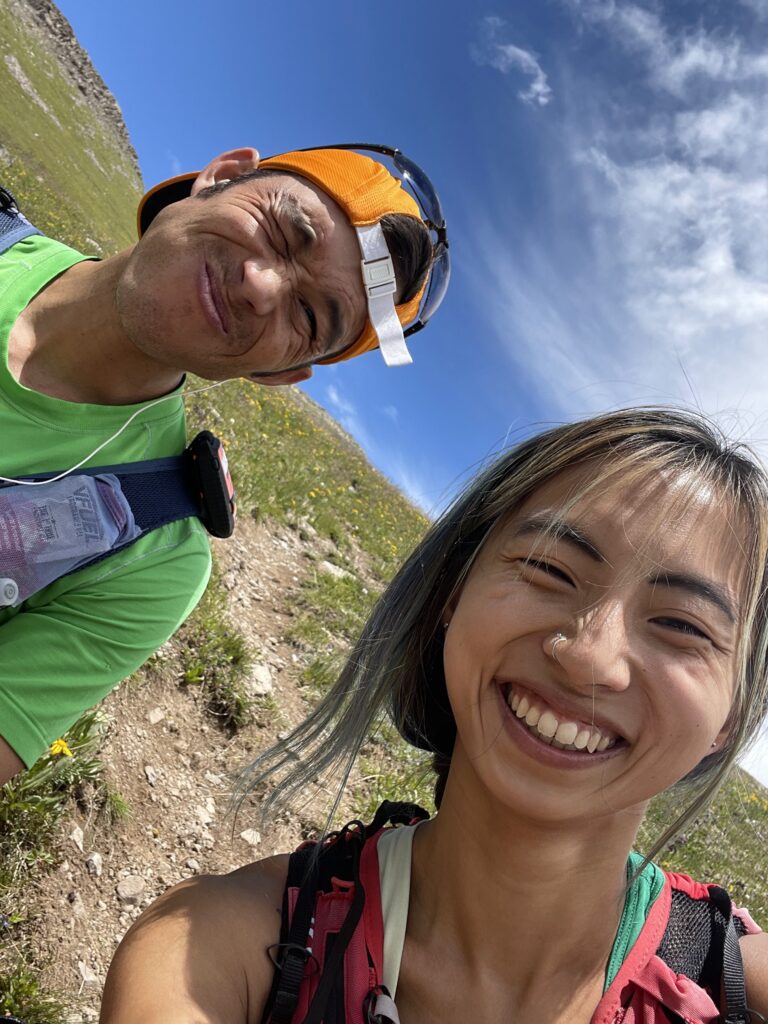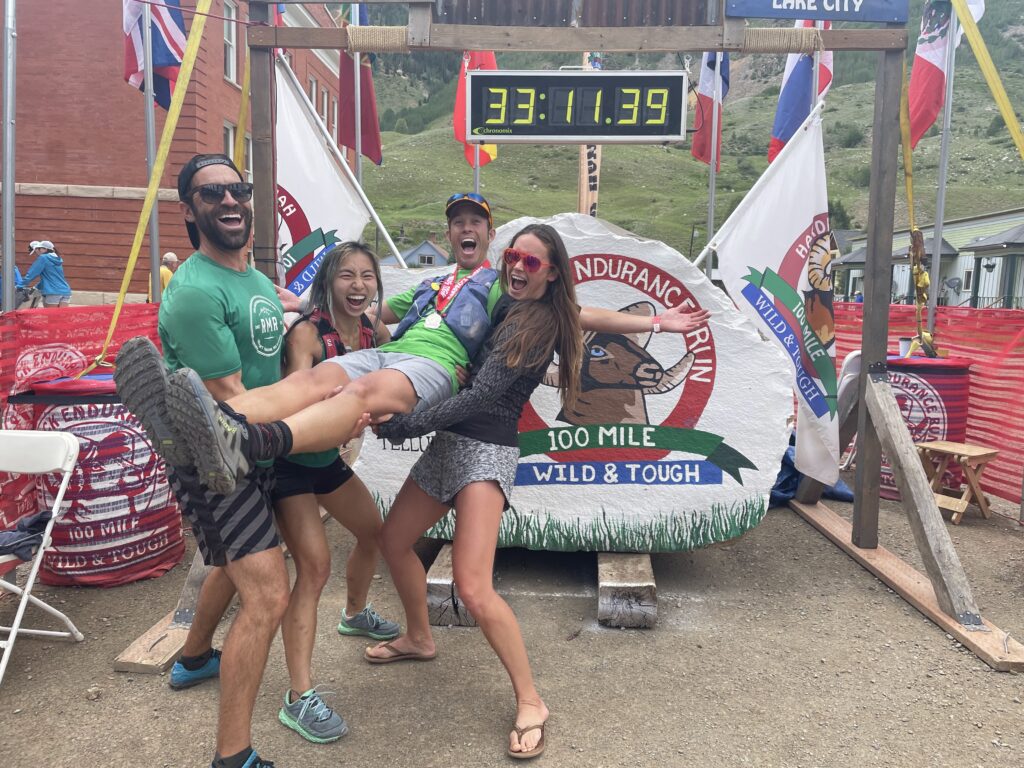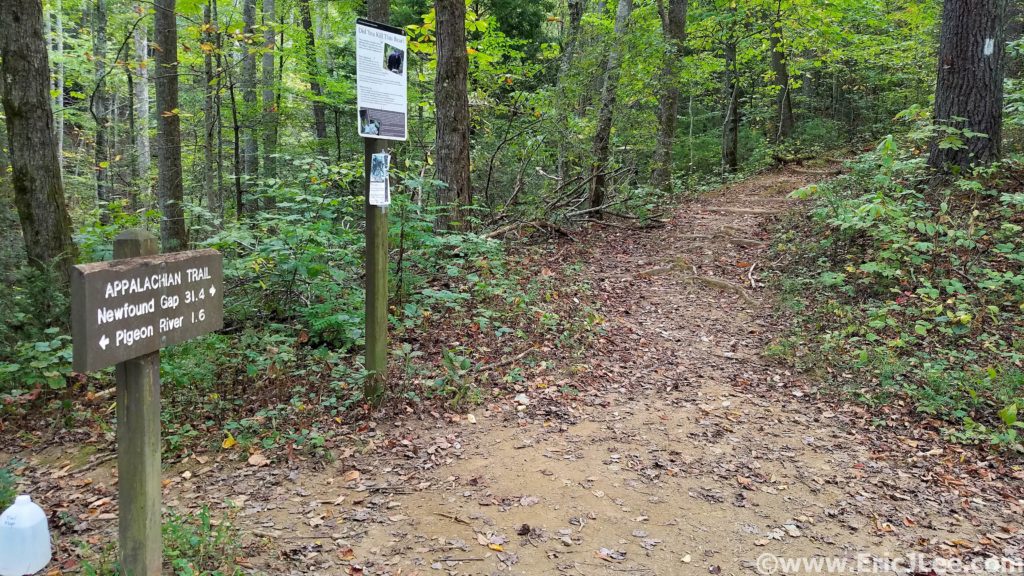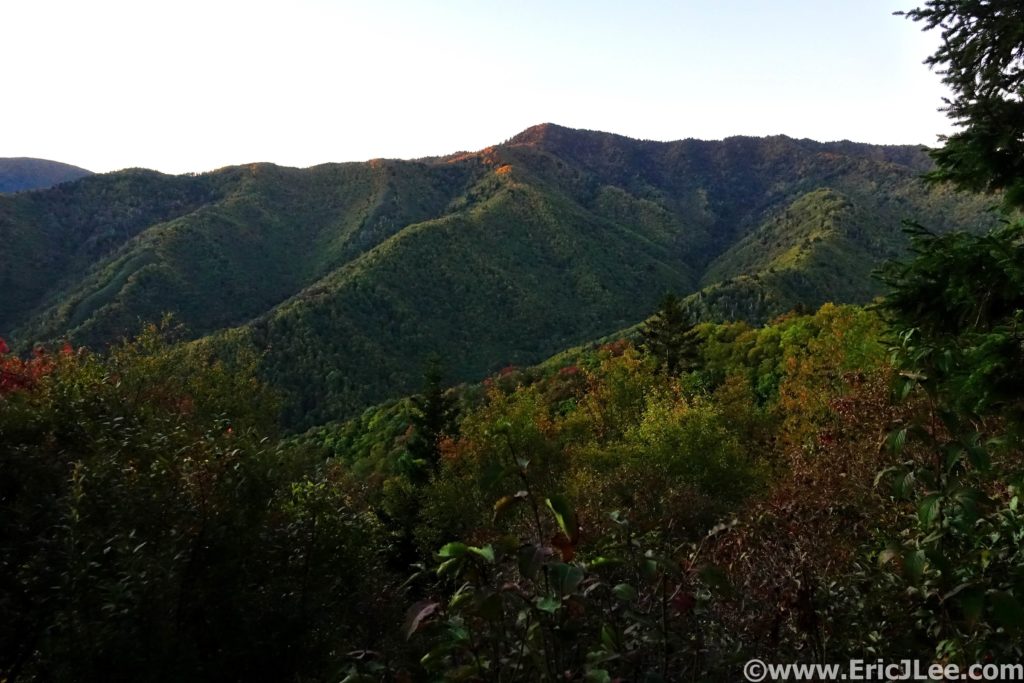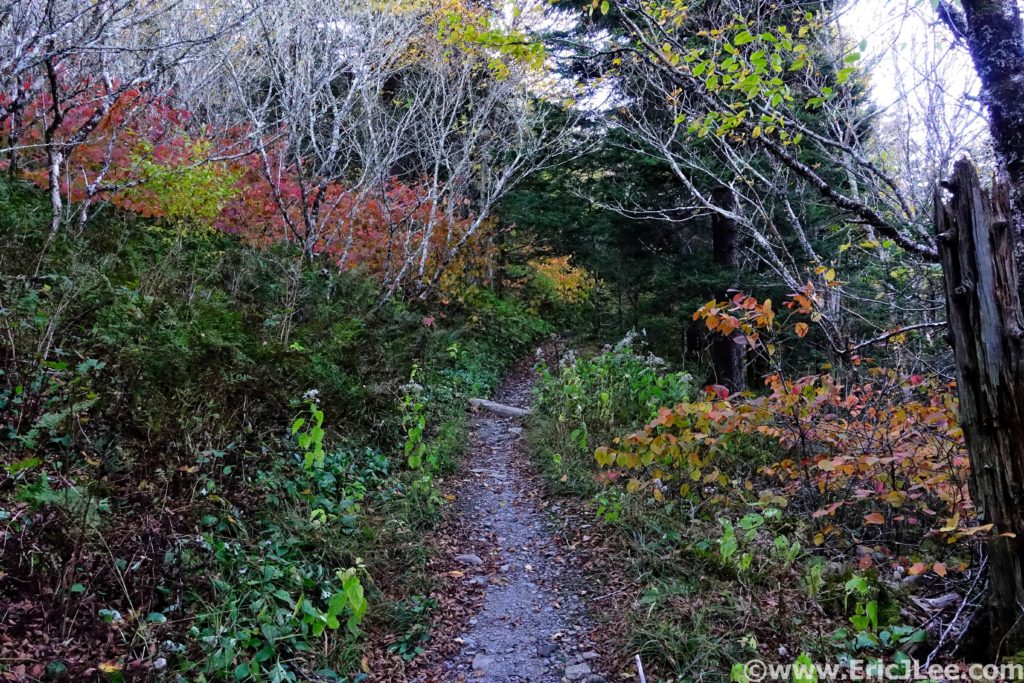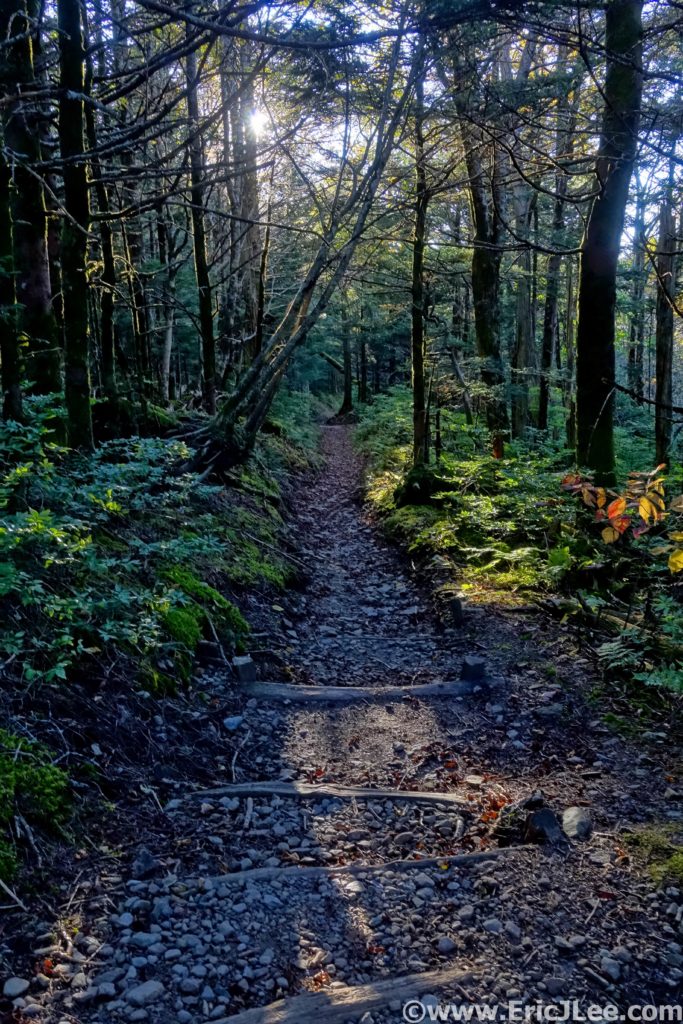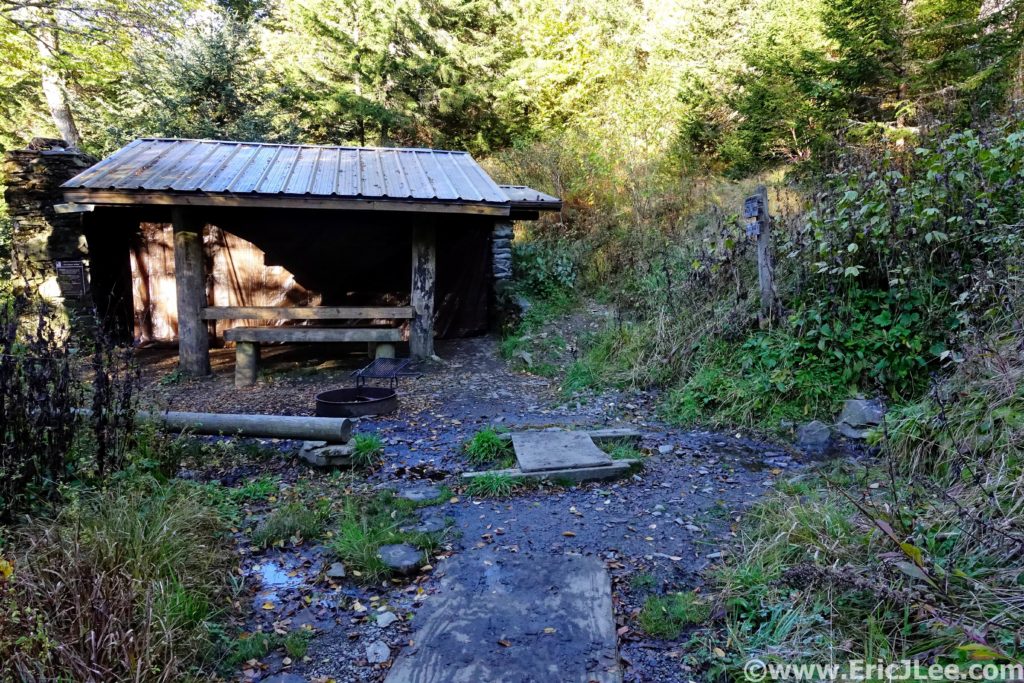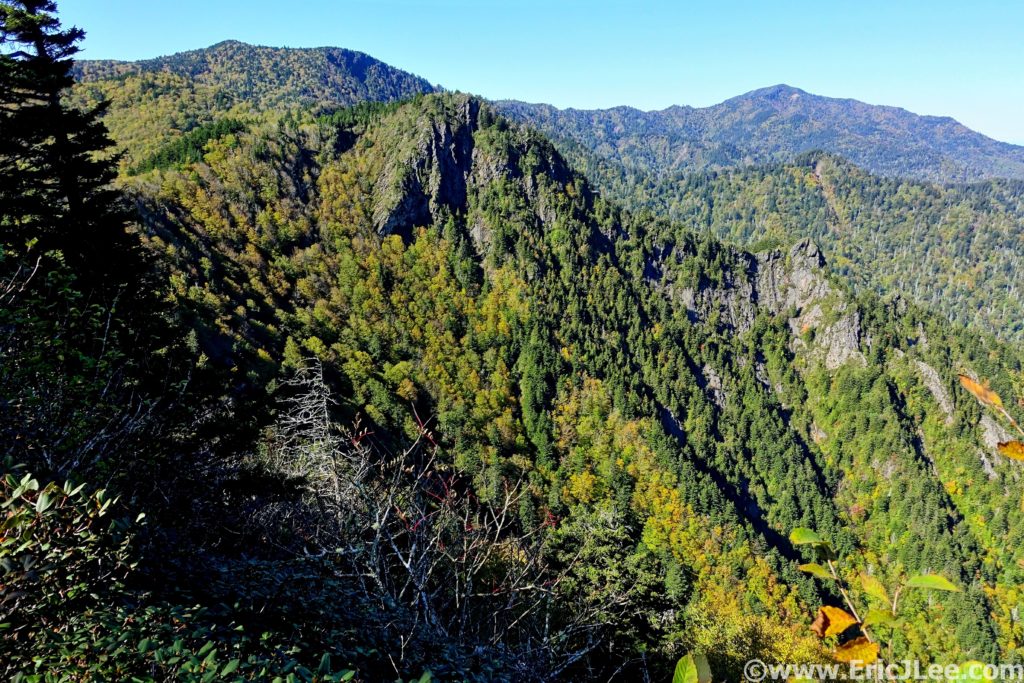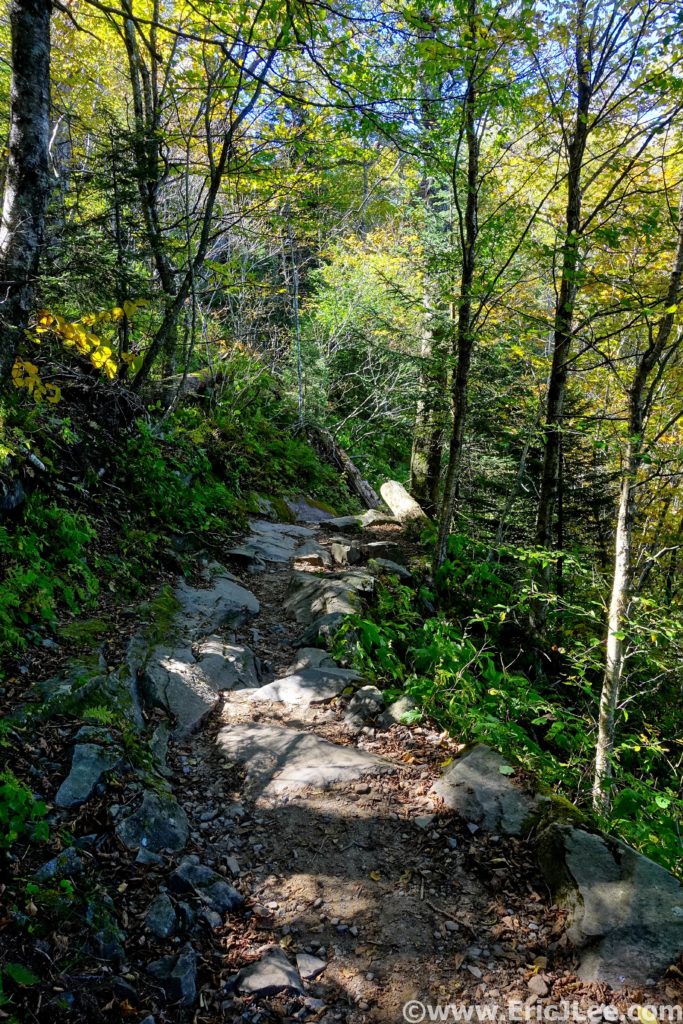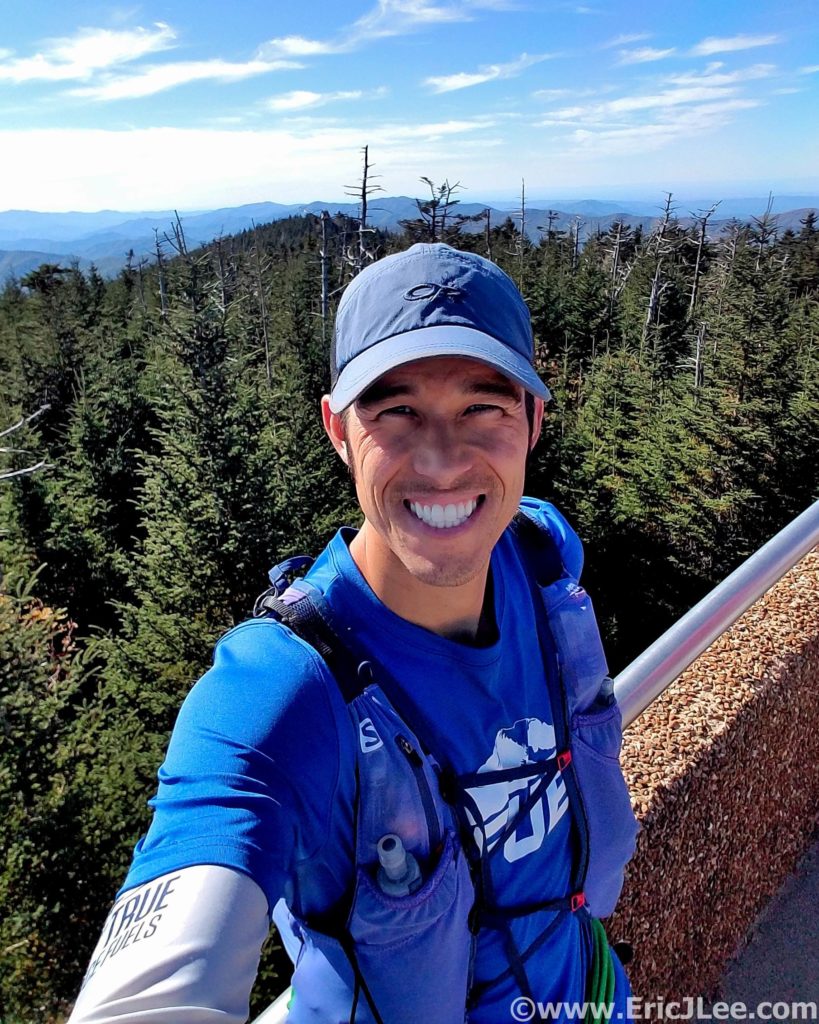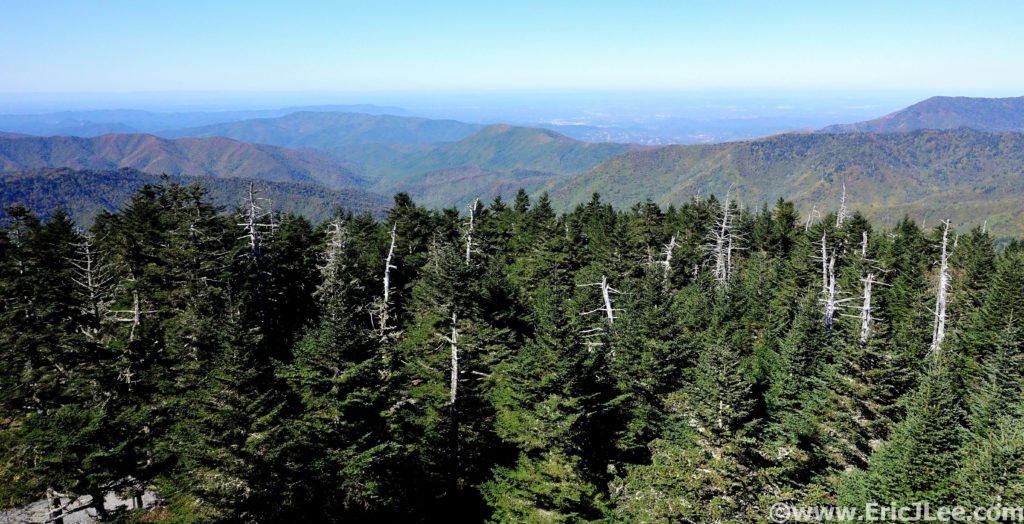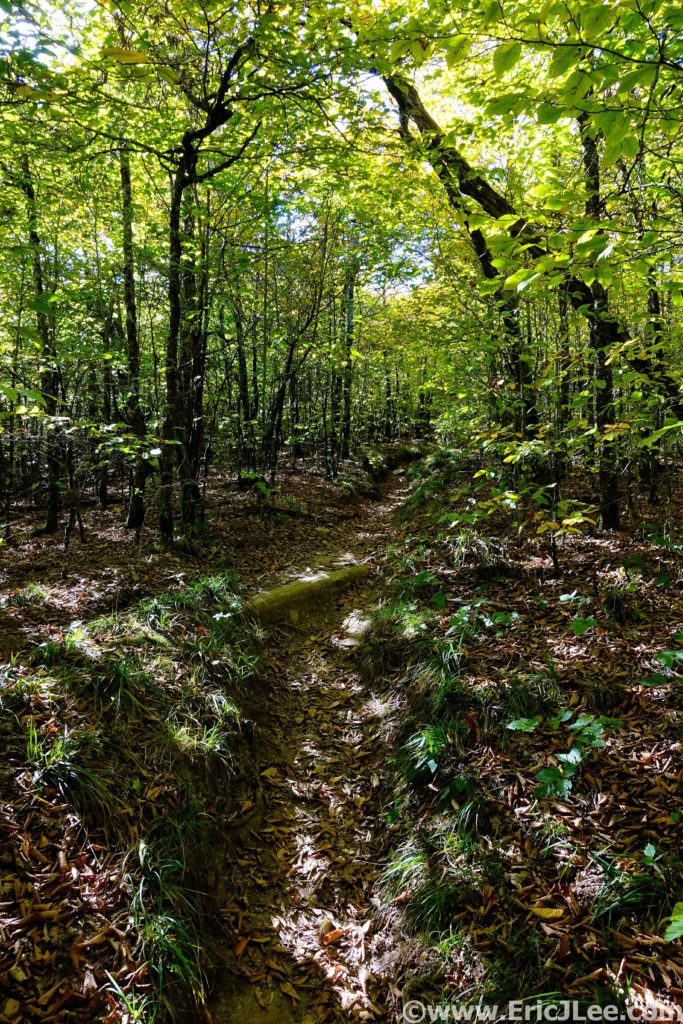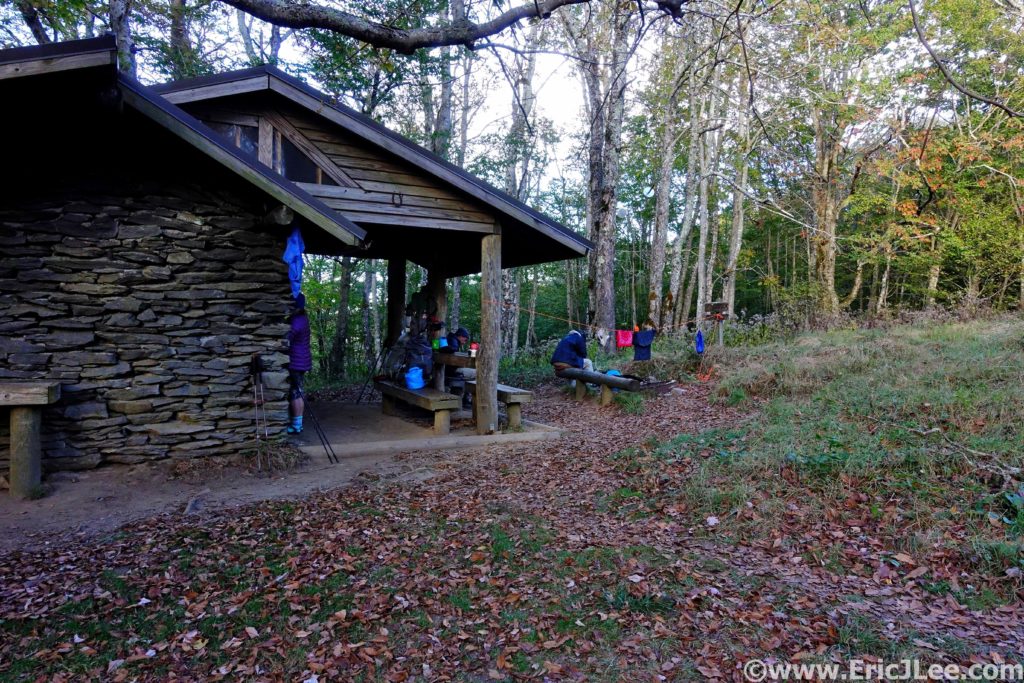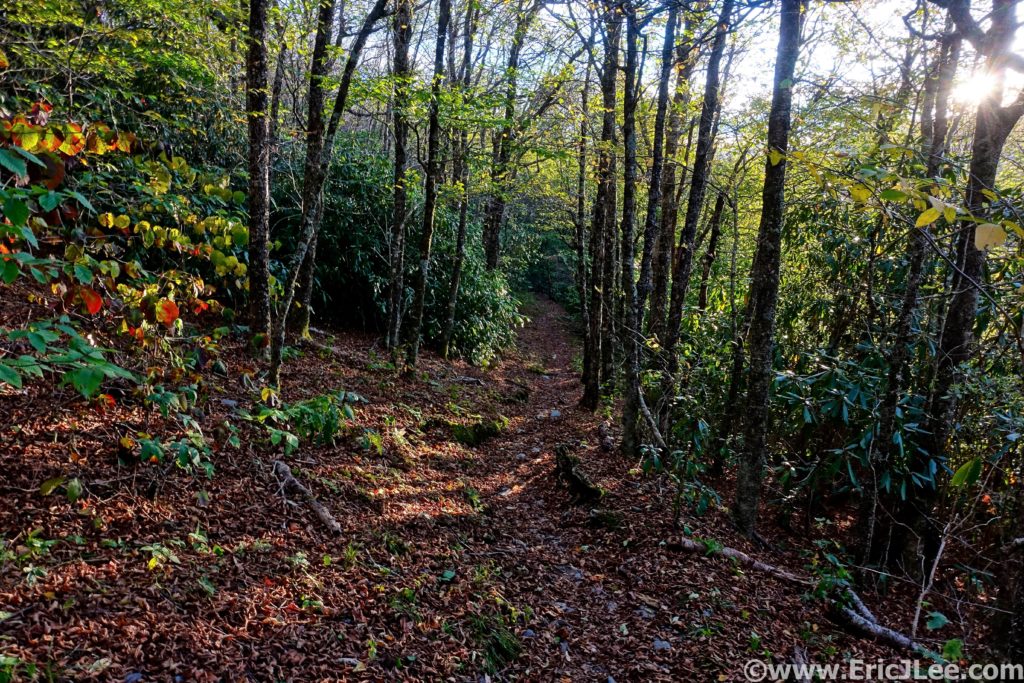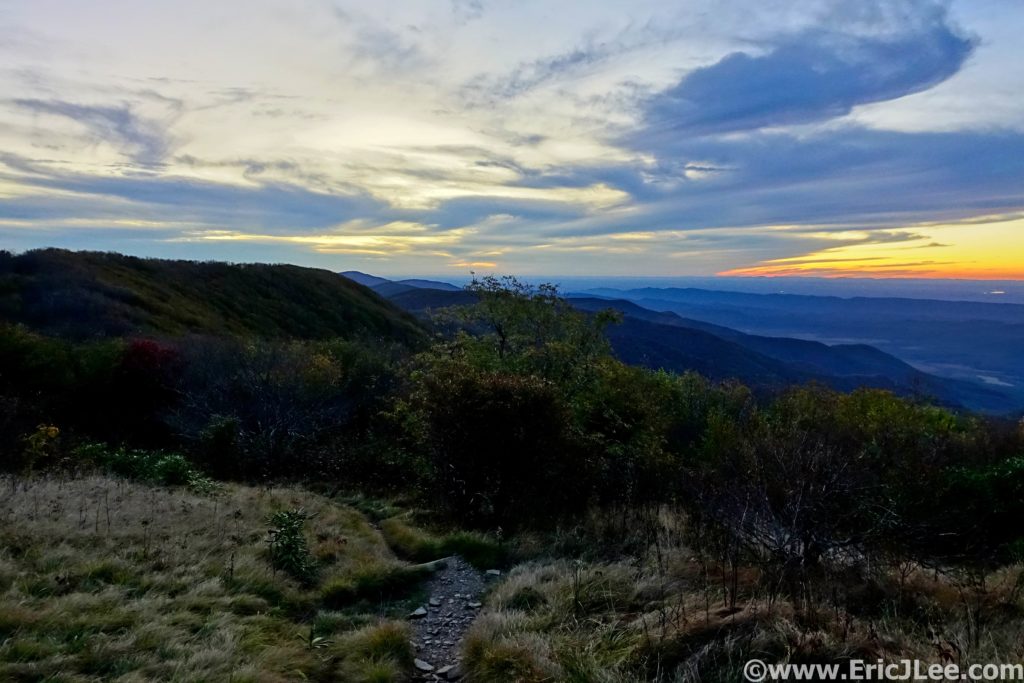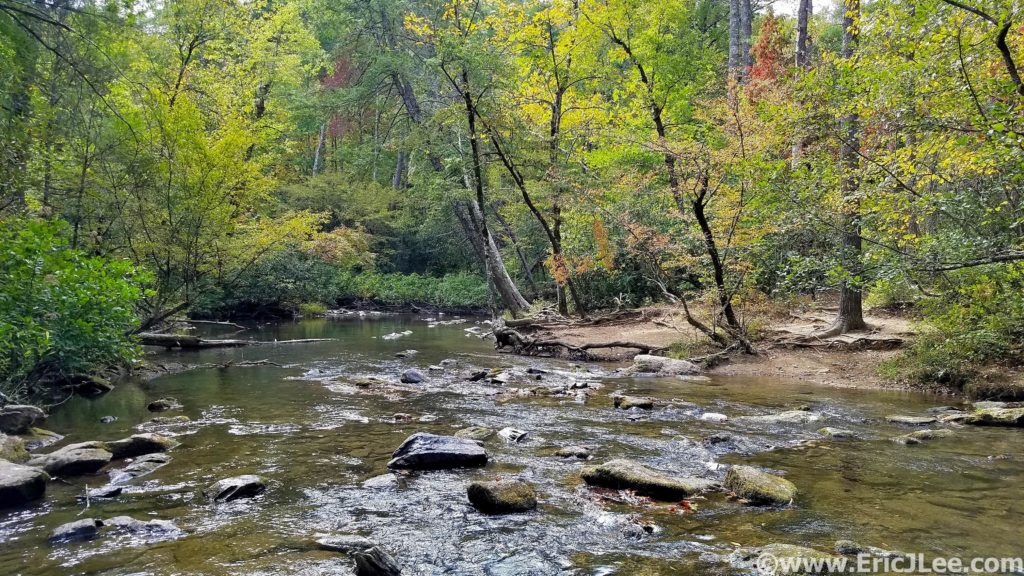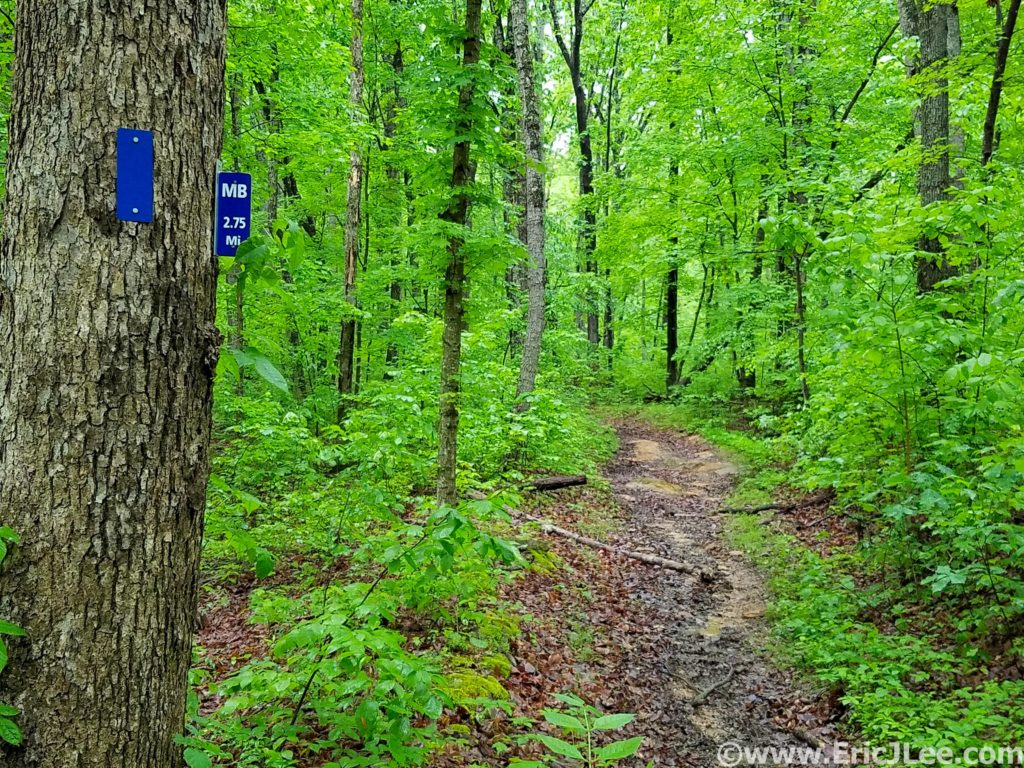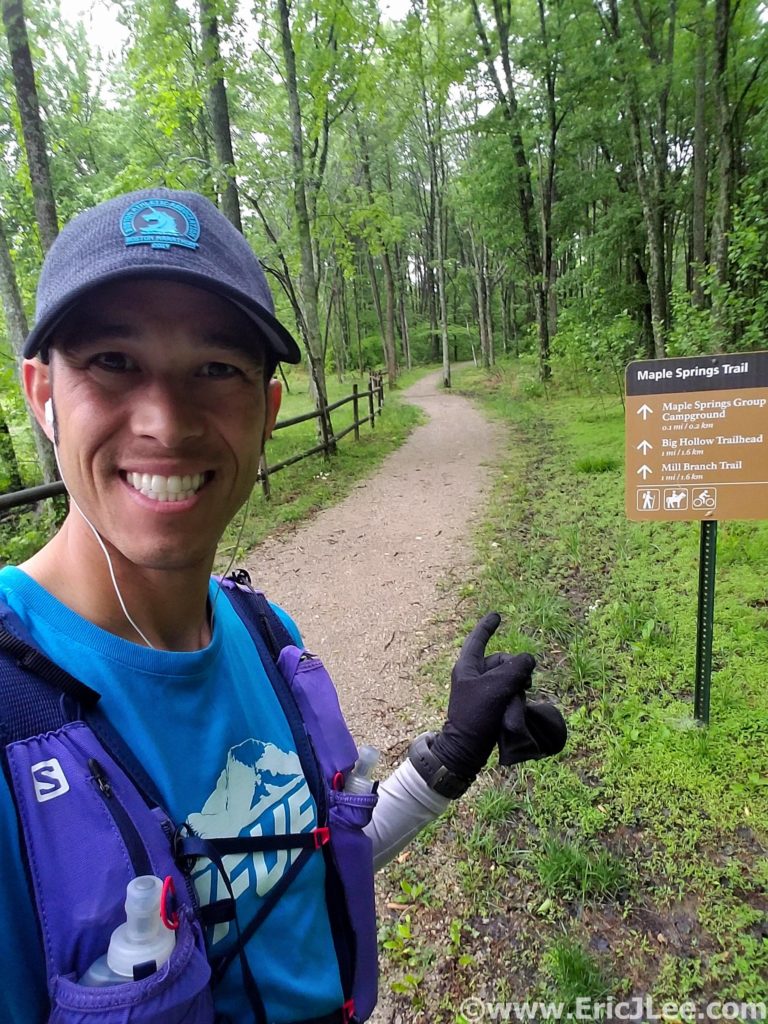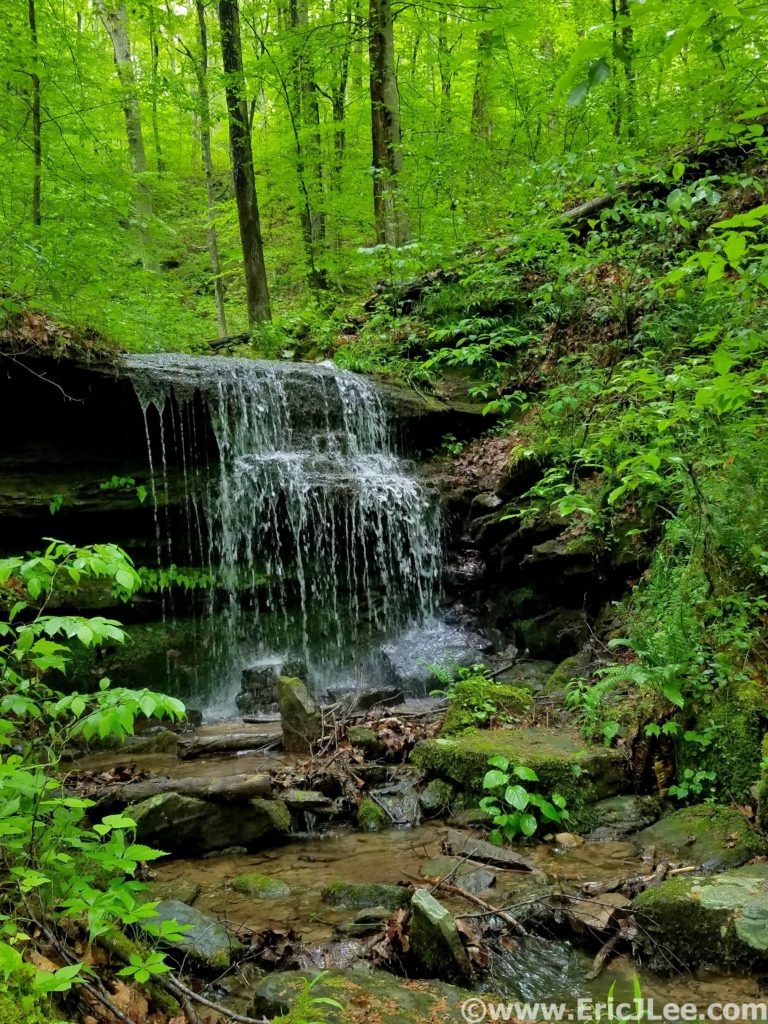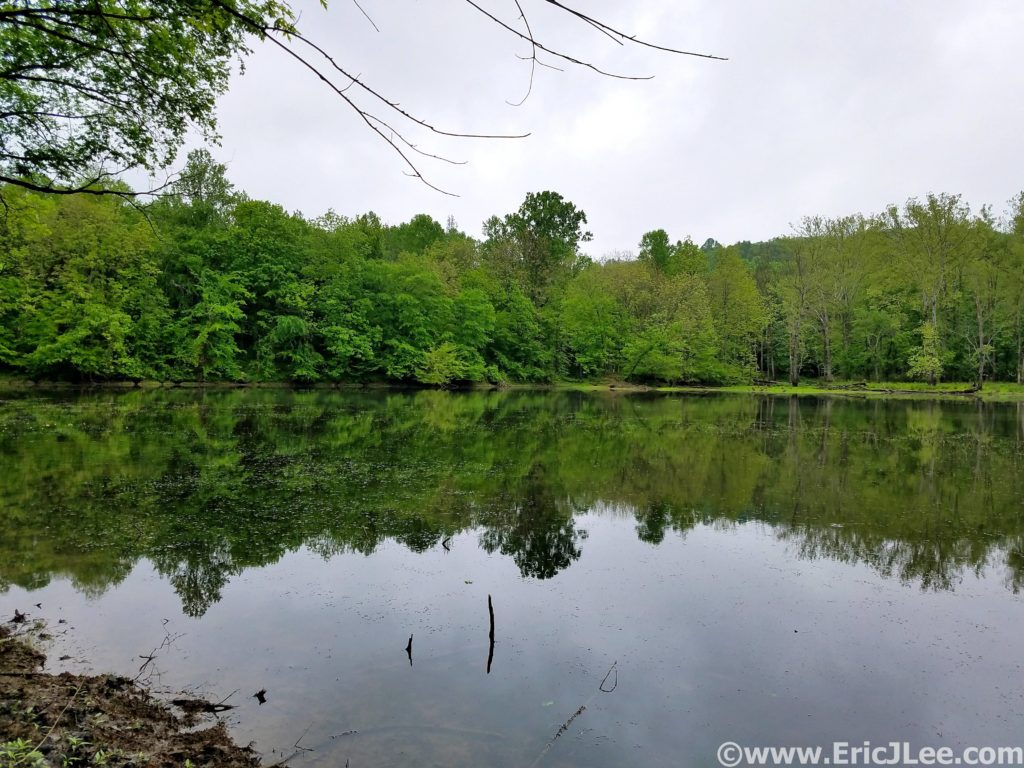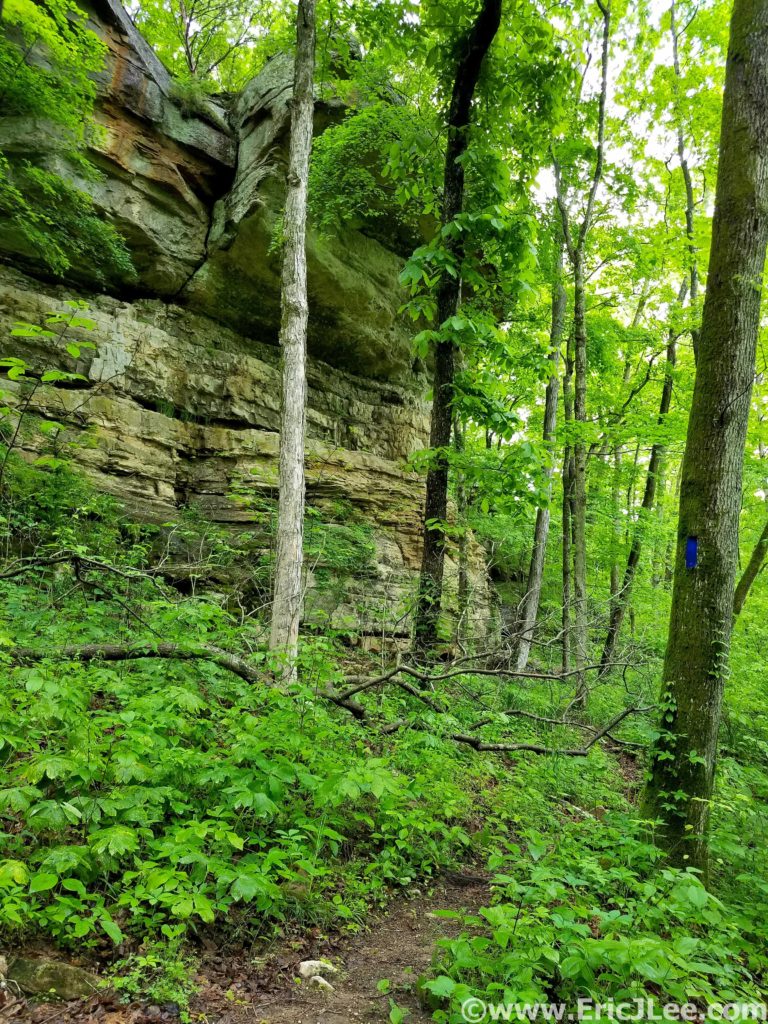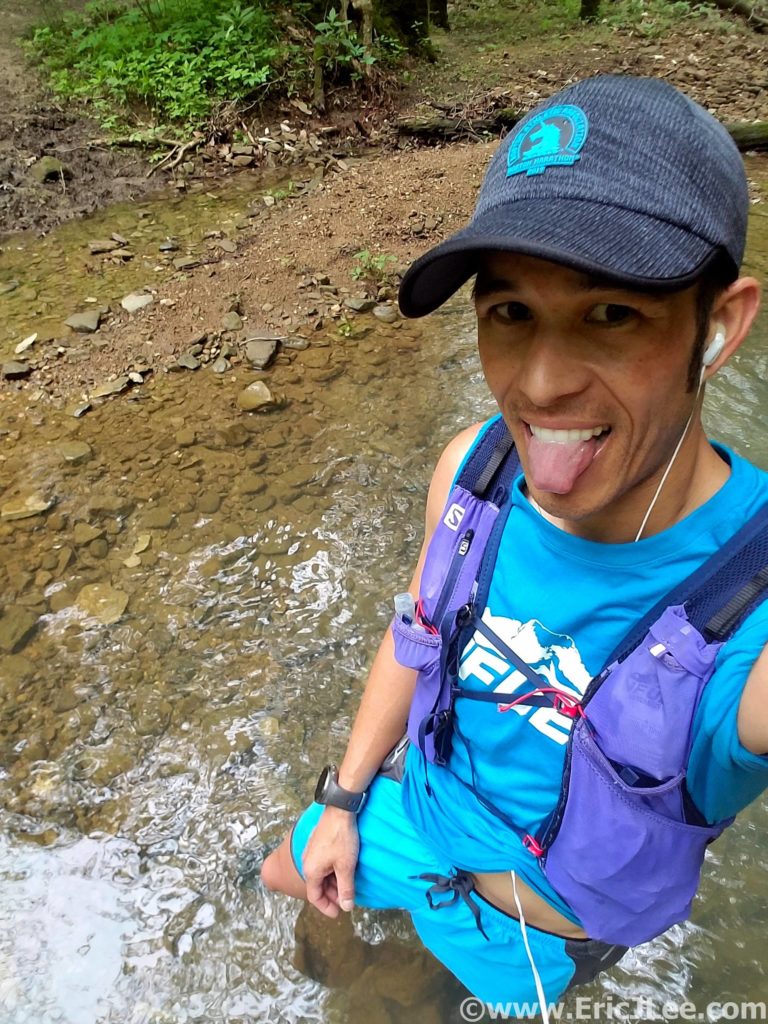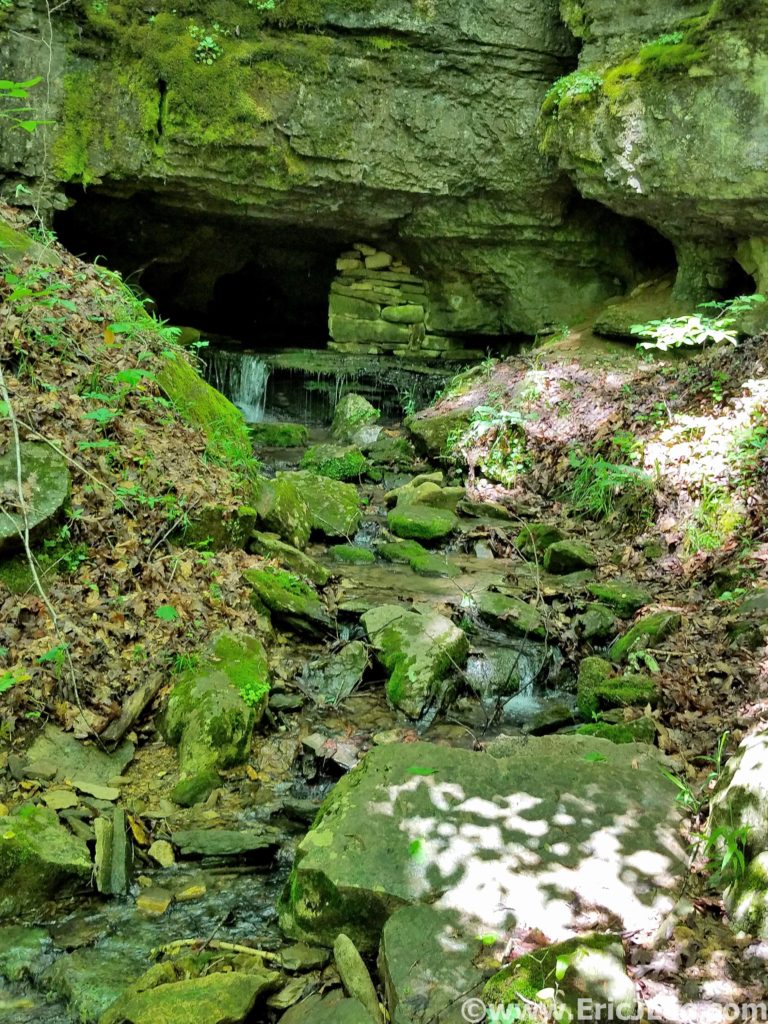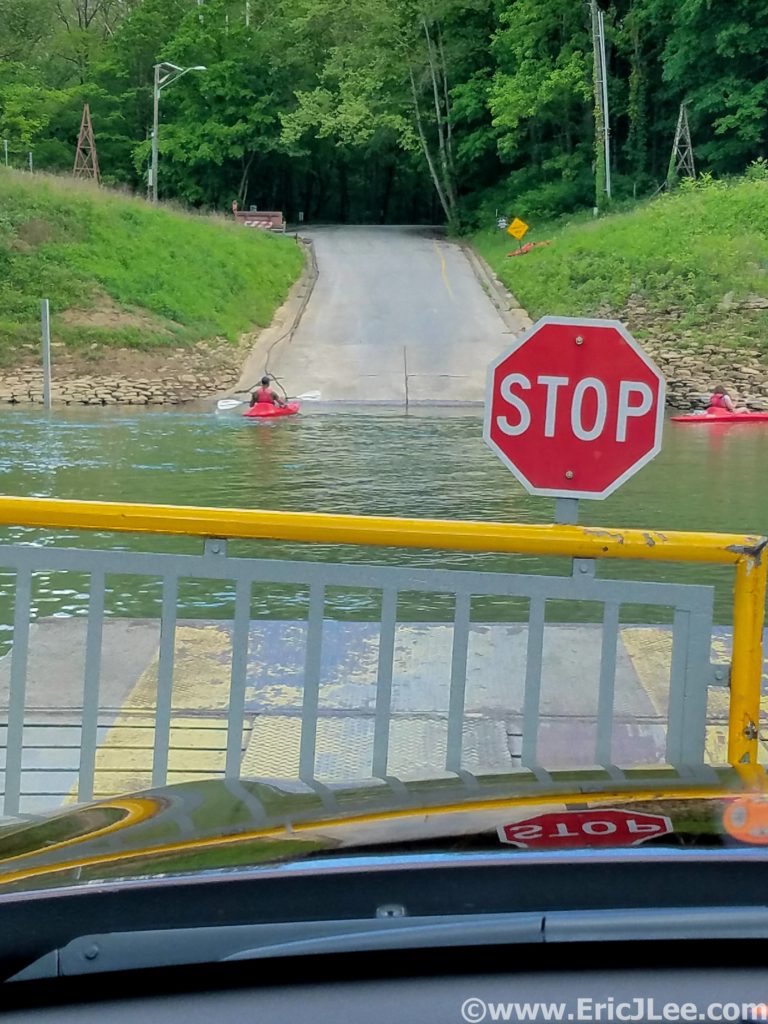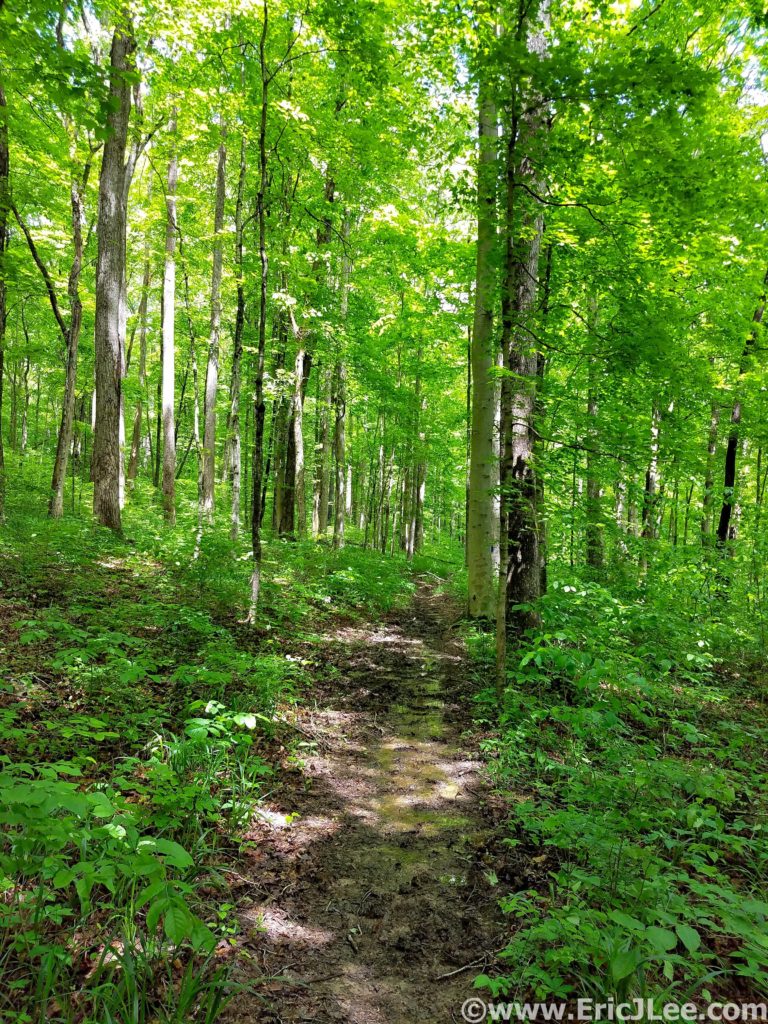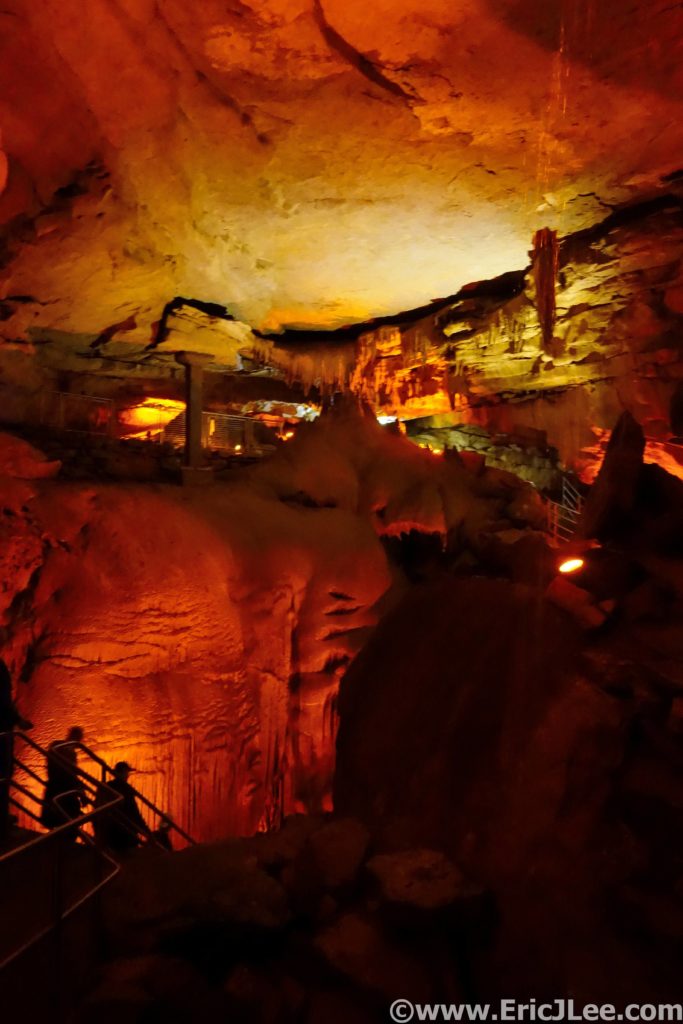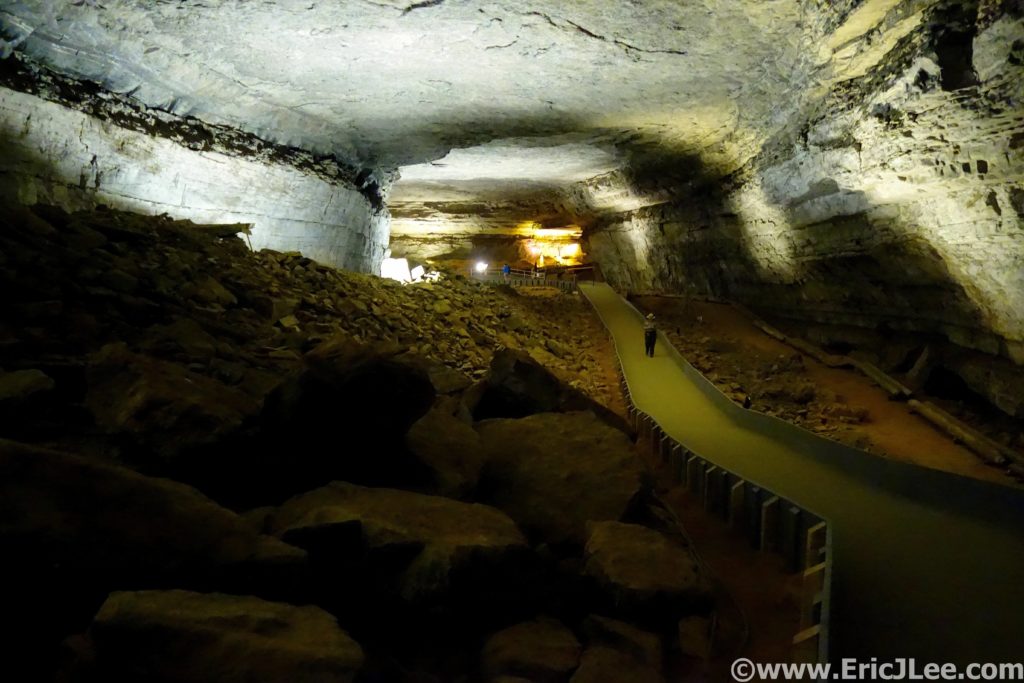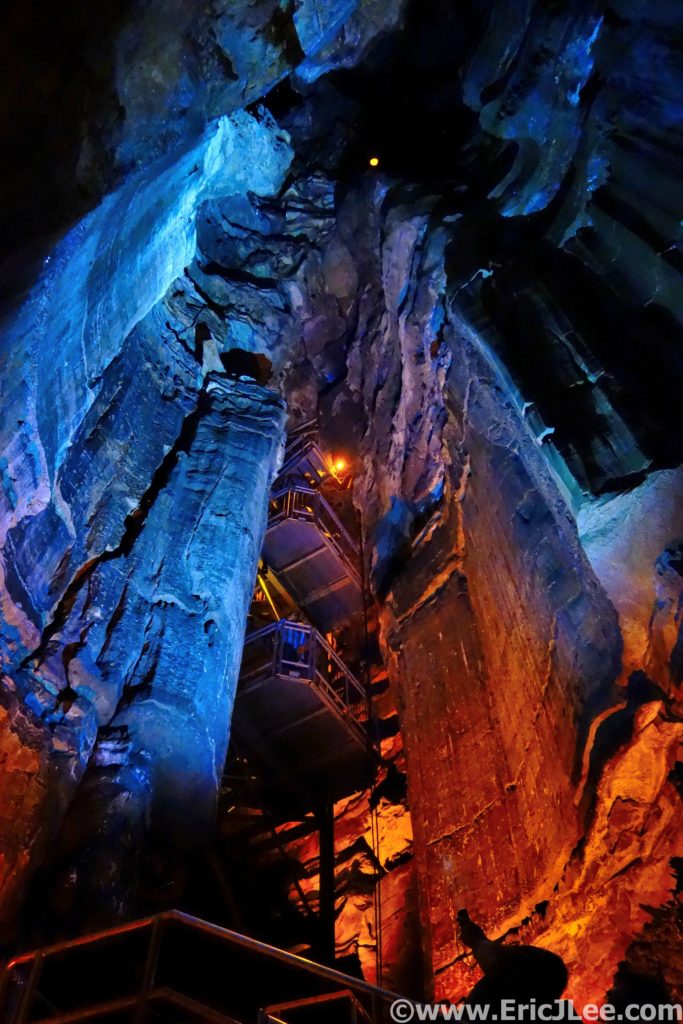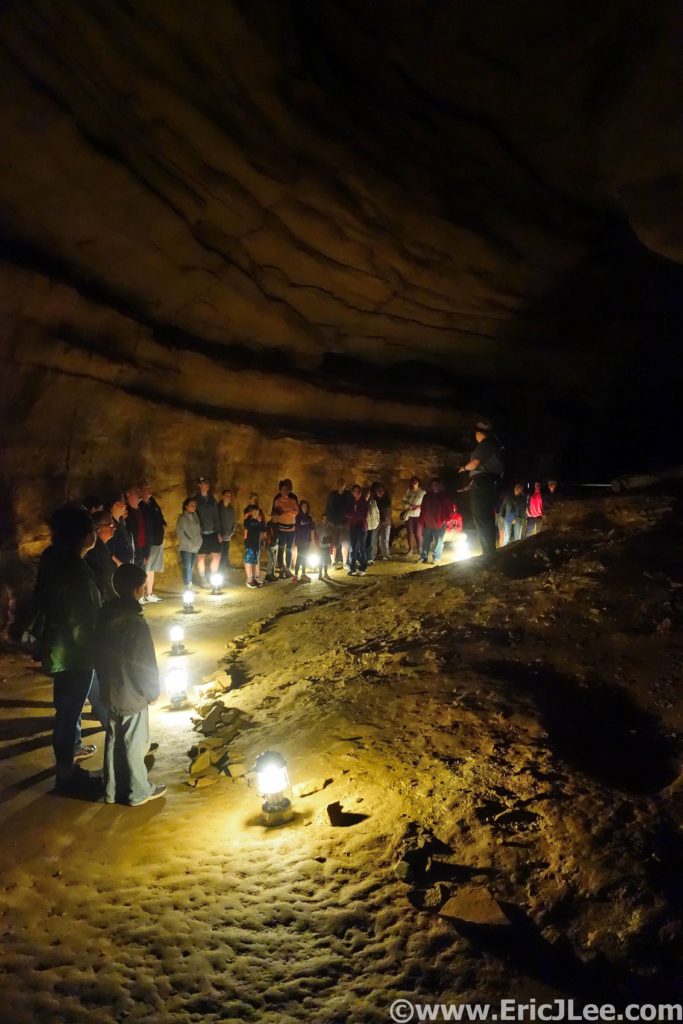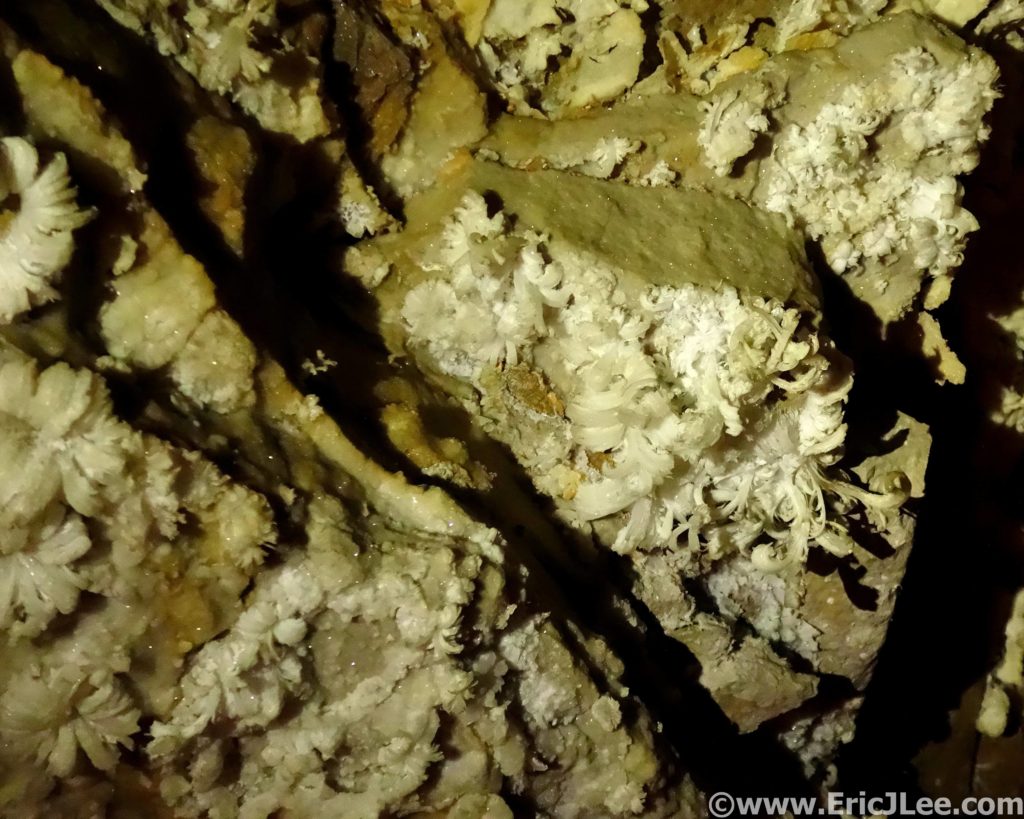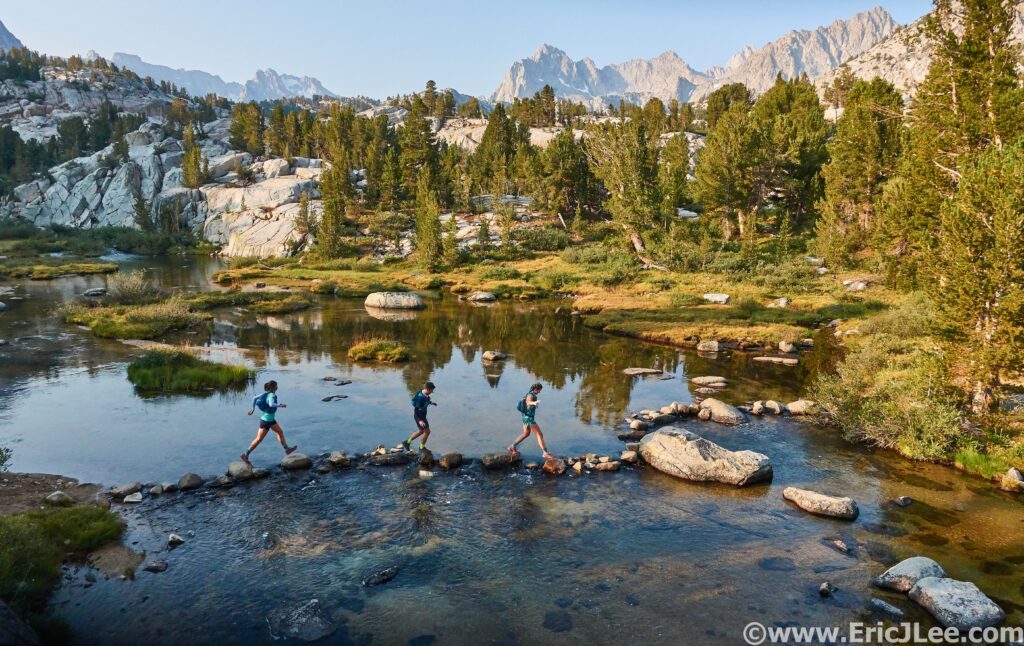
I grew up backpacking the deep canyons and rivers of Kings Canyon National Park, then later in life honed my mountaineering skills and scrambling head on the high peaks of the Range of Light. The remove alpine meadows, rugged peaks, crystal blue lakes and abundance of lonely places are all reasons that Kings Canyon National Park holds a special place in my heart. From the John Muir Trail to Mt Whitney, there are numerous well known landmarks that draw outdoor enthusiasts to the area, and rightfully so. In all of my exploring, one area that had eluded me was the infamous but remote valley of Ionian Basin. A high alpine granite playground, guarded by the hulking figures of the Black Giant, Charybdis, the Three Sirens, Scylla and Mt Gottard, containing numerous crystal blue alpine lakes and seen only by a handful of eyes each year, it’s a destination only for the most dedicated, hardy and adventurous. A place I’d only seen from the summit of Mt Solomon in 2004 while hiking the John Muir Trail.
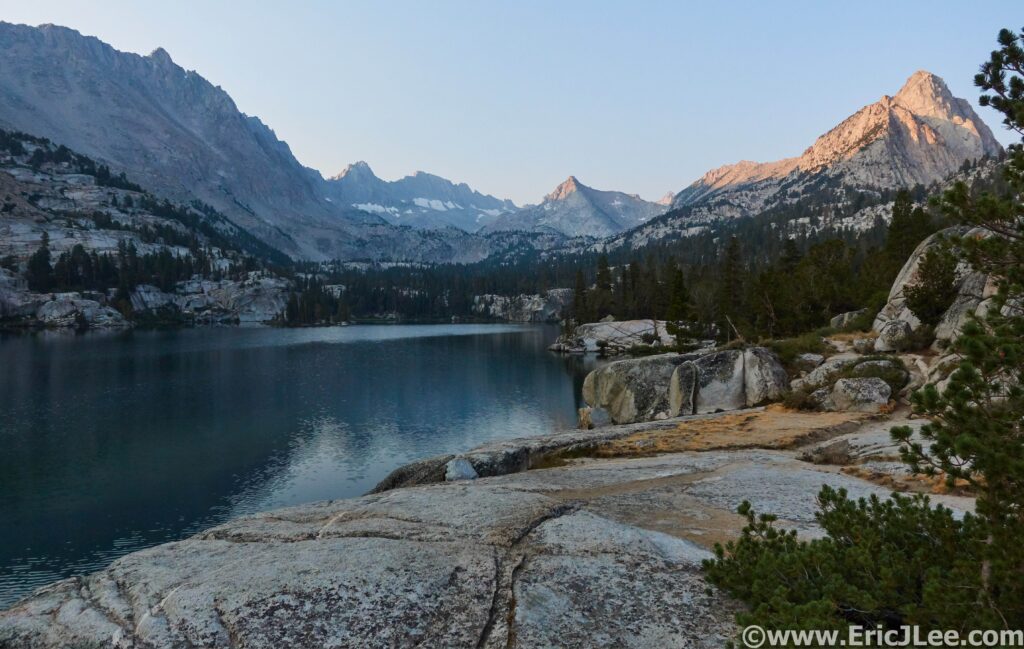
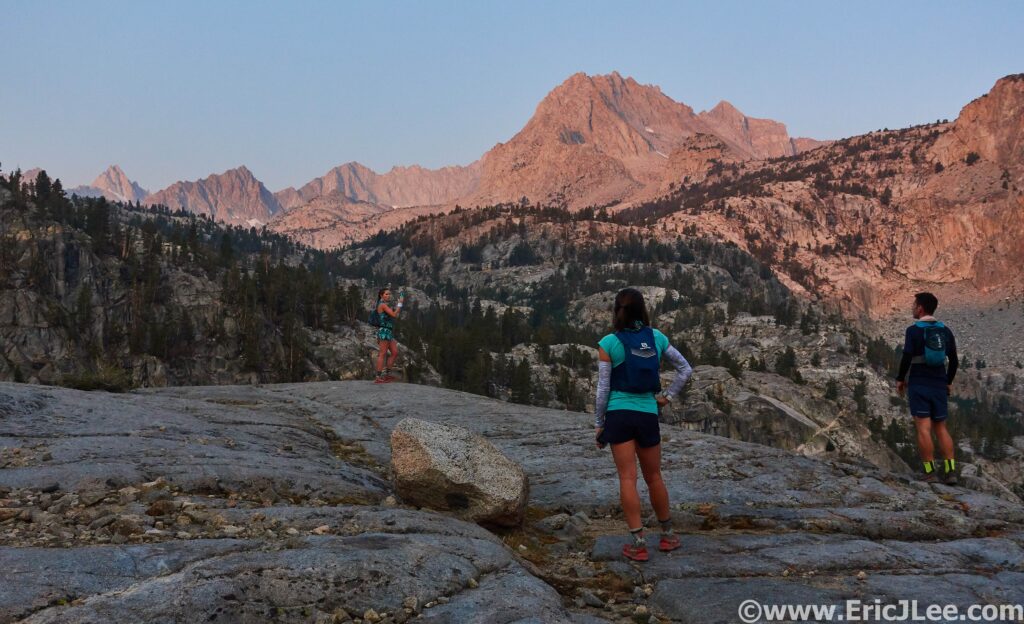
With the Covid pandemic raging throughout the US, Flannery, Adler, Erika and I decided to plan a trip to the California mountains to explore a little not too far from home nature. The wheels went in motion to do some trail running, hot spring exploring, Whoa Nellie chowing, capped by two epic runs in Kings Canyon NP and the Yosemite NP High Country, ticking off two of my National Park Ultra Marathon project runs. I was excited to share a little of my former backyard and old stomping grounds with several of my best friends and craving a little new adventure. After quickly getting settled in to our Eastern Sierras campground outside of Bishop the night before our Kings Canyon adventure, we began to pour over maps for the proposed route.
Flan and Adler: “So how much of this route is off trail?”
Me: “Maybe 50%? It’s all fine.”
Flan: “Wait, what?”
Woops, I guess I had underplayed the amount of off trail navigation, talus and challenging terrain the run would entail, a lesson we’d all be learning the next day.
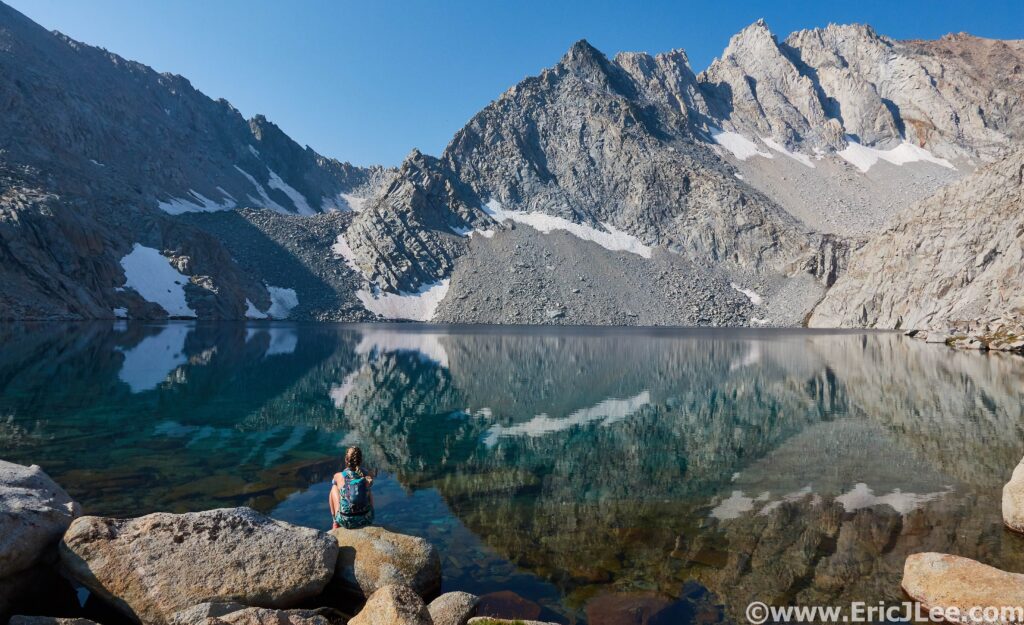
We started out at sunrise from our car at the North Lake Trailhead, jogging the road across to Lake Sabrina, then on up the trail towards Echo Lake. The early morning light was hazy with all the smoke hanging in the air, but the scenery was stunning, and our spirits were running incredibly high. Our trail started to thin out as we neared Echo Lake, one of the most stunning turquoise blue granite lined lakes I’ve ever seen. From Echo Lake the fun began, with a loose talus scramble up to the elusive Echo Col, we missed the correct notch on our first try, getting cliffed out, but found easier passage through the cliff bands and down towards the JMT. Our route from Echo Col down to the JMT was some of the loosest and most heinous talus I’ve encountered, and the group was not too pleased (understandably so). Finally we stepped off the alpine tundra and back on to the well constructed trail of the JMT, now deep within the heart of Kings Canyon…. But our adventure was only beginning.

With a realization that the day was already quickly passing by, the travel had been tough and slow, the other three opted to follow the JMT directly over to Evolution Basin and Darwin Canyon, while I made a mad dash from the JMT southward up and over the divide and into Ionian Basin. We bid our farewells for the moment, and I powered up the hill as the others took a dip in the icy water of Helen Lake. As I crested the western saddle of the Black Giant and descended the talus into Ionian Basin I was greeted by a dozen beautiful shimmering alpine lakes and the imposing North face of Charybdis. I rocked hopped across the talus West through the basin towards the low point on the Goddard Divide that would drop me back to Wanda Lake. As I climbed away from Lake 11592 towards the saddle, taking in the expansively stunning views, dark clouds began to roll over head…. then a clap of thunder…. all of it way to close for comfort.

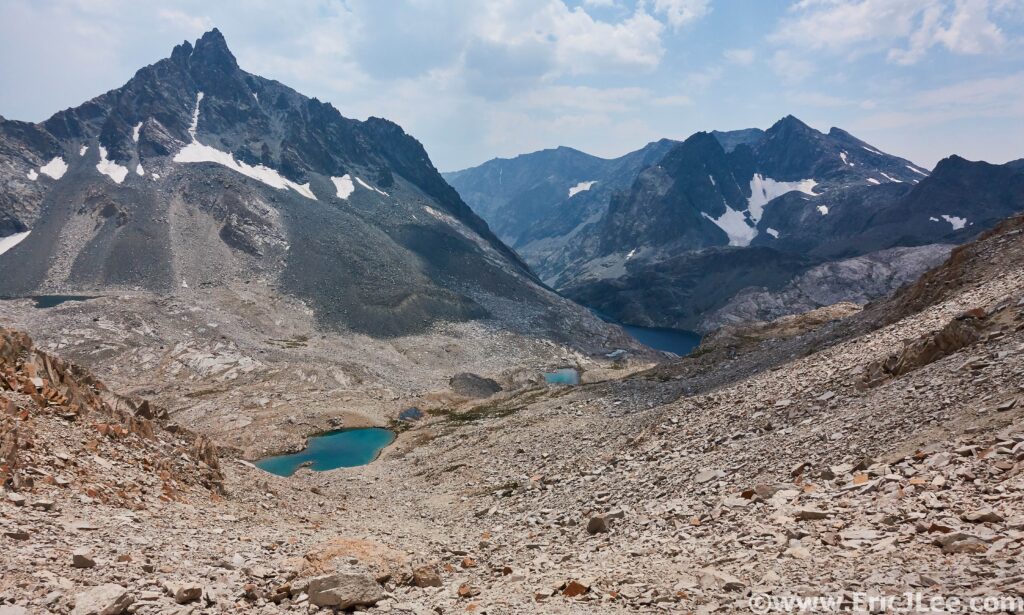
I put my head down and began to power up towards the saddle, cresting just in time to see the sky explode behind me as bolts of lightning hit the peaks directly across Ionian Basin, oh shit, must go faster, must go faster. The rain began to fall, thunder rolled overhead, and I was still miles from any significant amount of tree cover and safety. My heart raced and all the hairs on my arm stood on end as I raced down the now rain-soaked talus towards Wanda Lake. When I reached the lake shore at 11400ft, a bolt of lightning struck the ridge behind me and pea sized hail began to fall. I ducked under the nearest large boulder, which only provided marginal protection from the elements in the mostly barren landscape surrounding Muir Pass. Outside of my attempt on the Colorado 14ers in 2015, it was the most terrified I’ve been in the outdoors in my entire life. I donned all my clothing, rain jacket, rain pants and beanie, then crouched down under the small overhang, praying that it would provide me enough protection from the massive storm raging directly overhead.
I sat wondering if this was going to be the day where my hubris got the better of me, how long was I going to be stuck under this rock, praying that my friends (who were ahead of me down valley) were faring better than I was, and that I’d get to see them again later that day. Finally, after what seemed like hours (probably was 40-50min) the storm passed on down Evolution Basin, and dissipated North as it cleared Mt Darwin. In it’s wake it had left everything coated in two inches of hail, my teeth chattering but an immense amount of gratitude that I had survived the ordeal. I jogged down the hail and rain soaked trail into Evolution Basin, one of the crown jewels of the John Muir Trail. At last I reached the climbers trail turn off into Darwin Basin that would take me to Lamarck Col, and eventually back to the car.
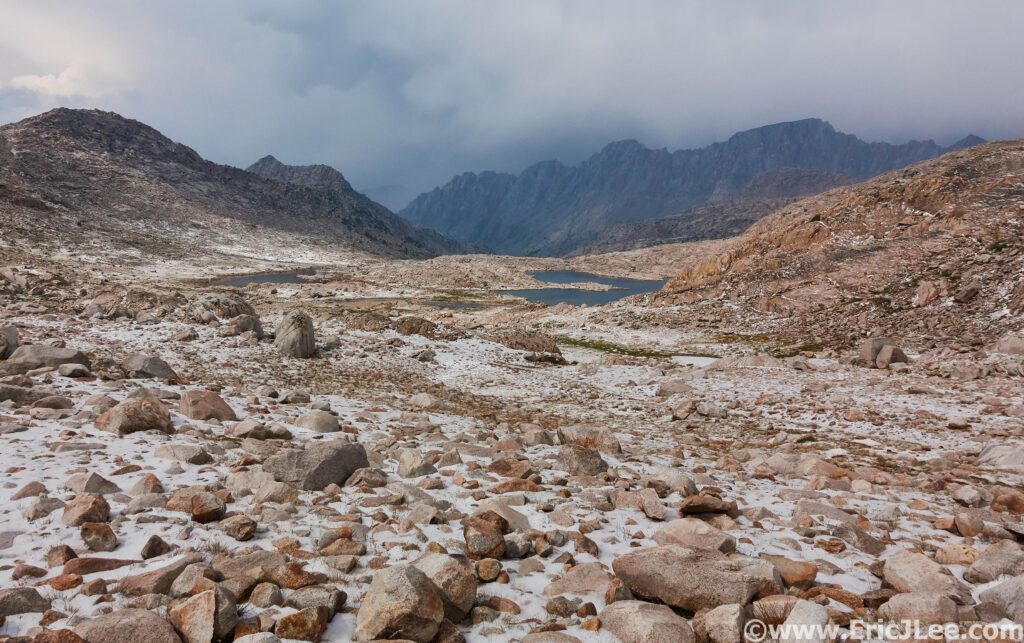
The challenging terrain, emotional distress of the storm and the long day were already wearing on me, but I soldiered onward with a single purpose, to get it done. As I rounded the first lake in Darwin Canyon I saw three figures on the far side of the lake: it was Adler, Flannery and Erika and we all let out cries of joy at seeing each other and being reunited after so many hours and the harrowing ordeal we’d all endured. They too had gotten ravaged by the storm and had been forced to hide under a few boulders for an hour as it passed directly overhead. We slogged our way up canyon, finally hitting the final 1300ft climb to Lamarck Col. By this point we were all pretty toasted, and it took all of our strength to navigate our way through the boulders upward to the pass. We crested the pass just as the sun’s final rays were illuminating the Western sky, and took that moment to express a little gratitude for the beauty of where we were and what we had experienced, despite the hardships of the day.
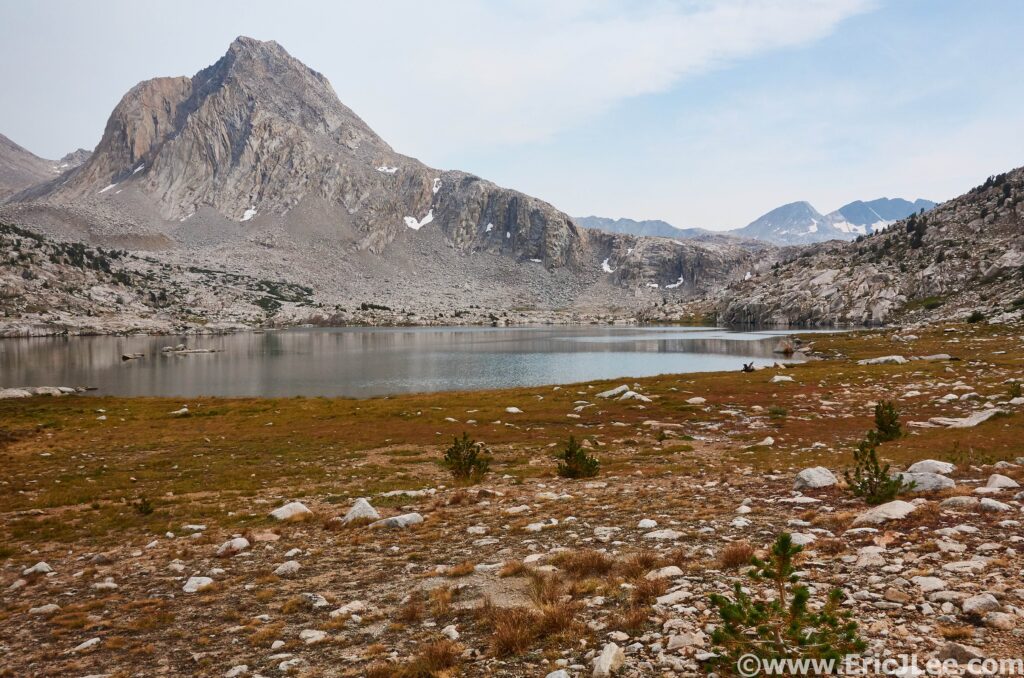
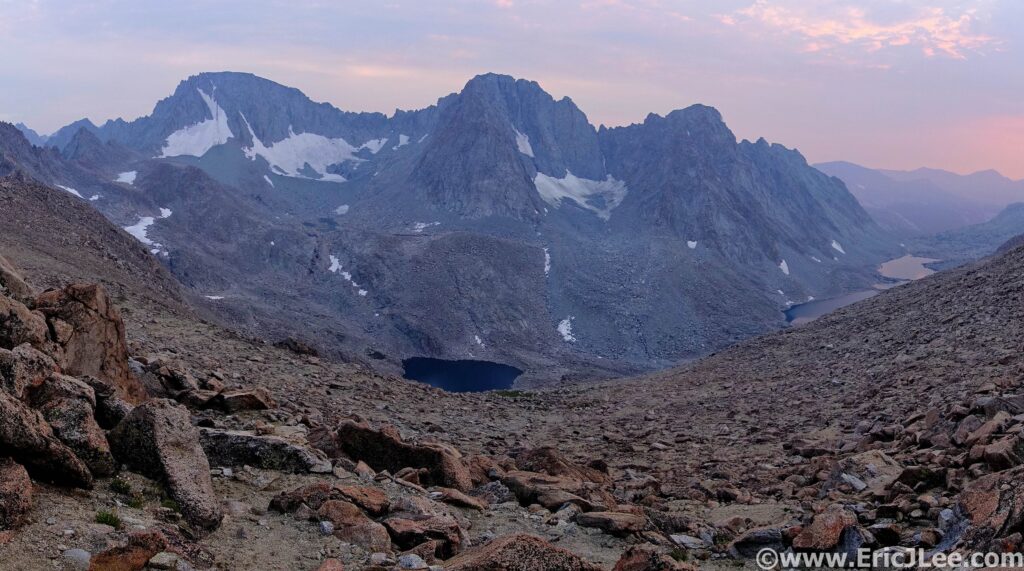
We descended down the endless gravel and sand towards North Lake, finally collapsing at our car, 16hours after we had started. We were all exhausted, starving but ecstatic to be done running for the day. The day had been anything by smooth, but we had all come out of it, learning more about ourselves, our friends and with a profound respect for the unforgiving power of Mother Nature. Because along with her beauty, comes a sometimes uncontrollable fury that reminds us all, we are not in control and we are but guests in her amazing landscape. Kings Canyon still holds an incredibly special place in my heart, a place filled with so many wonderful memories, stunning vistas and unforgettable experiences at all levels. Being able to share it with my friends meant a lot, though I think we all could have done with a little less death talus and without the violent thunderstorm that soaked and shook us all. Kings Canyon National Park Ultra Run, 33mi, 8600ft vertical gain, 15h17min. From Lake Sabrina, over Echo Col, over Muir Pass, into Ionian Basin, through Evolution Basin, into Darwin Basin over Lamarck Col and back down.
Strava Segment #1
Strava Segment #2

